|
The curtain has finally lifted, and the summer of 2022 will be filled again with festive outdoor concerts, fairs, and picnics. So whether you’re headed to an event, the beach, or enjoying leisure backyard time at home with family and friends, apply the sunscreen and grab a cooler because I’ve got you covered with some easy-to-transport wines and a few other thirst-quenching treats. Grand View Research said, “The global canned wines market size was valued at USD 211.4 million in 2020. The rising demand for convenient, portable, and single-serve beverages is the key driver for the market growth.” According to a new report from Grand View Research in May 2021, “The global canned wines market size is expected to reach USD 571.8 million by 2028, registering a CAGR (compound annual growth rate)of 13.2%. Canned beverages are highly convenient due to the compact size of cans. Moreover, there has been a growing demand for portable and less fragile wine containers than glass. These factors are projected to support the market growth.” Francis Ford Coppola Sofia Brut Rosé Canned Wines Located in Sonoma County, this iconic winery produces more than 40 wines on-site and is now offering brut rosé in Mini Cans! Sofia Brut Rosé (a tribute to Coppola’s only daughter.) is an off-dry, light, effervescent wine and a perfect addition to the picnic basket. This rosé is a blend of 40% Pinot Grigio, 22% Zinfandel, 20% Grenache 15% Pinot Noir and 3% Chardonnay. It is refreshing and crisp with notes of floral, peach, strawberries, and a touch of lemon zest on the finish. Alcohol: 11.5% SRP: $20 for a 4-pack Each can holds 187-ml of wine. Pairings: Enjoy as an aperitif or with BBQ fare, paté, cheese, and dessert. Domaine Bousquet Le Petit Canned Wines These certified organic wines are produced from grapes grown in the cool Argentine foothills of the Andean mountains. Domaine Bousquet is Argentina’s leading producer and exporter of certified-organic wines. They are the first to present canned wines from Argentina made from certified organic grapes. “Le Petit” is “The Little One” in French. The fruit for both wines is from the 2021 harvest sourced from vineyards in Tupungato, Alto Gualtallary, at 4000 ft. altitude. Le Petit Bubbly Rosé This wine is a blend of 50% Pinot Noir, 30% Syrah, 10% Pinot Gris, and 10% Viognier and is made using the Charmat method. It has lots of fresh berry aromas, and the palate offers a dry, crisp wine with refreshing fruit and soft bubbles. Alcohol: 12.5% SRP: $13 for a 4-pack/$3.50 per can. Each can holds 250-ml of wine. Pairings: Enjoy as an aperitif or with shellfish, salads, and fruit. Le Petit Malbec This 100% Malbec oozes juicy black and red berry aromas that segue onto the palate with a bit of earthiness and fig. A touch of spice lingers on the finish. Alcohol: 14% SRP: $13 for a 4-pack/$3.50 per can. Each can holds 250-ml of wine. Pairings: It’s a perfect match for BBQ or hard cheese and fruit. In addition to premium single-serve wines, premium boxed wines are also gaining popularity. Their portability and the lure of a smaller carbon footprint are appealing. Boxed wines usually come in 3-liter to 5-liter sizes, making it easy to accommodate your entertaining needs. Also, boxed wines are easy to transport and unbreakable, and each 3L box is equivalent to four bottles of wine! And the wine will stay fresh for 30 days or longer in the refrigerator if it’s in a vacuum pack. Sandy Giovese Vino Rosso Boxed Wine Amy Ezrin is the founder of Sandy Giovese wines and teases that the character name “Sandy Giovese” is her alter ego. The name is a playful spin on the Sangiovese grapes used to make this boxed wine, which is 85% Sangiovese and 15% Trebbiano. It is produced from organically-farmed grapes sourced from vineyards in Italy’s Le Marche region, located on the Adriatic Sea. Nose: Red fruit, violets, and a hint of herbs. Palate: Cherry, cranberry, crisp acidity, refreshing and light, an easy-drinking wine. Alcohol: 12% SRP: $34.99/3L box Pairings: Aperitif, pasta, pizza, BBQ, grilled chicken, fruit & cheese platter. Domaine Bousquet Natural Origins Rosé 2021 Boxed Wine Along with bottled and canned wines, Domaine Bousquet also produces a line of organic “bag in a box” boxed wines. Fruit for Natural Origins line is sourced from the upper reaches of the Tupungato Valley, known for producing grapes with an abundance of aroma, flavor, and freshness thanks to large day-night temperature differentials and the intense Andean sunlight. The box states that the wine will stay fresh for 90 days after opening! The organic grapes for this rosé are a blend of 50% Pinot Noir, 30% Syrah, 10% Pinot Gris, and 10% Viognier. Nose: Red berries, cherry, and a hint of floral. Palate: Strawberry, cherry, and a touch of spice with fresh acidity. Refreshing and perfect for an outing. Alcohol: 12% SRP: $20/3L box Pairings: Aperitif, seafood, shellfish, salads, grilled chicken, or fruit and dessert. And, if you’re looking for festive and unusual single-serve, low-alcoholic beverages, these treats from SQZ will brighten the party. SQZ SQZ is located in Lanark, Illinois, and is owned by Anthony Curcio, CEO, and mastermind behind these low-alcoholic beverages. Anthony’s grandfather, Lorenzo Curcio, was known for his fruit wines made in the region of Calabria, Italy. And so, this family tradition was passed on from generation to generation, with Anthony taking it to another level. The packaging for these low-alcohol fruit wines is unique and whimsical. And if you don’t mind using glass outside, the concept of Mason jars is brilliant, and they are reusable! Each Mason jar contains 375 ml of wine. The fruit wines are hand-crafted and made in small batches using only natural ingredients. Lemon juice, water, cane sugar, and yeast are used as the base. All added flavors are sourced from real juice, with no extracts or preservatives. The water is locally sourced deep well water that is triple filtered to ensure consistency in each batch made. The juice is naturally fermented and blended in stainless steel tanks. All six flavors, including the newest, Key Lime-Jalapeno, are refreshing and range from crisp and tart to mildly sweet or spicy! Drink as is, or get creative and use SQZ in cocktails! Alcohol: 9% SRP: $29.99 for a six-jar pack. (equivalent to three bottles of wine) Single jar-$4.99 each For those who prefer to pour from a bottle instead of canned or boxed wine, here are a few premium screw-top rosés to pack in the cooler. No corkscrew needed! Bodegas Salentein Portillo Rosé 2021 Bodegas Salentein is located in the Uco Valley of Mendoza, Argentina. This privately-owned estate was established in the late 1990s and boasts almost 5000 acres, of which 1,124 acres are planted to vine. Many of their vineyards are situated at some of the highest elevations in the world. The grapes for this 100% Malbec are sourced from Valle de Uco appellation. Nose: Red berries, cherry, and floral. Palate: Fresh strawberry and raspberry with nicely balanced acidity. Light and refreshing! Alcohol: 13% SRP: $10.99 Diora La Belle Fête Rosé of Pinot Noir 2021 Diora is a brand of Delicato Family Wines, owned and run by the Indelicato family. Based in Monterey’s AVA, on Californias’s Central Coast, they have 1800 acres planted with vines. The grapes for this rosé are sourced from their estate San Bernabe Vineyard, and the wine is a blend of 88.2% Pinot Noir, 6.1 % Syrah, and 5.6% Grenache. The majority of the blend was fermented in stainless steel, with a small portion in neutral oak for a touch of creaminess to the palate. After two months, the wine was bottled. Nose: Cherries, red berries, and a hint of grapefruit. Palate: Aromas segue onto the palate with crisp acidity and notes of watermelon. It is dry and light, another great wine for the picnic basket. Alcohol: 12% SRP: $19.99 Saget La Perrière “La Petite Perrière” Rosé 2021 La Perrière is a family-run company located in the Loire Valley, France. With 890 acres of vines in the finest appellations and six estates, it carries on the tradition of nine generations dedicated to producing fine wines. This 100% Pinot Noir is sourced mainly from their estate vineyards in Touraine (Loire Valley), and a part of the blend is sourced from the South of France through their long-term partners. Nose: Fresh fruit notes of strawberry, floral, and a hint of minerality. Palate: This is a lively wine with juicy strawberry, raspberry, and a touch of grapefruit to balance it. Alcohol: 12% SRP: $13.99 Pairings for these three rosés: Enjoy as aperitifs or serve with seafood, salad, light pasta, BBQ, grilled chicken, or fruit and cheese platter. All the canned, boxed, and bottled wines should be served chilled. If iced tea is your go-to beverage, then here is a delightful collection of all-natural teas to brew and sip over ice while lazing in the hammock or sailing around the lake. Adagio Teas This family-owned company is aptly named Adagio (a musical term meaning “slow” or “at ease.”). Relaxing and slowing down the pace while drinking these refreshing teas works for me! They have two facilities, one in New Jersey and one in the UK. And all of the teas come directly from farmers around the world. The full-leaf, pre-measured pouches make the tea easy to prepare. Add water to a quart-size pitcher, toss in the pouch, and refrigerate for a few hours or overnight. There is an abundance of flavors to choose from, and sampler boxes are available. There are 40 varieties, such as herbal blends, chai, black, oolong, and the list goes on! One of my favorites is the Purple Papayaberry Iced Tea. It is blended with Hibiscus, Butterfly Pea Flower, Apple Pieces, Rose Hips, Orange, Papaya Flavor, Blueberries, Strawberries & Natural Blackberry Flavor. It’s perfect for a hot summer day. SRP: Iced tea sampler sets are $14 for six pouches that make one quart of tea per pouch. Purple Papayaberry is $8 for six pouches. Summer is in full swing, and it’s time to kick off your shoes, embrace the outdoors and indulge your palate!
Until next time… Cheers! Penina This article was originally published to Santé Magazine To leave a comment or if you have an inquiry, please contact me at [email protected] Earth Day is a yearly celebration founded by Senator Gaylord Nelson in 1970. It is celebrated worldwide every April 22nd, and this year’s theme is “Invest In Our Planet.” The objective of Earth Day is to promote environmental awareness and respect for life on the planet. It is essential to do our part all year long and to move toward a more sustainable environment and a healthy future for the earth. Globally, more wineries than ever before are contributing their efforts to maintain sustainable practices in the vineyard and wine production. A chemical-free environment, careful use of energy, water conservation, and best use of the environment are becoming the focus. Many wineries are turning to organic farming and replacing the use of pesticides, fungicides, artificial chemical fertilizers, and herbicides with alternative measures that promote respect for the grape and its environment. Every country, state, and region has its own rigorous requirements for sustainability and organic farming certifications. In addition to these practices, carbon footprint reduction and biodynamic practices are other methods used in grape growing and wine production. A carbon footprint is the total amount of greenhouse gases (including carbon dioxide and methane) generated by our actions. Rethinking packaging, using solar power, and lowering CO2 emissions are among the many measures wineries are adopting. Biodynamics is a method of farming based around a specific astronomic calendar focusing on the rhythms of nature. It combines a holistic, ecological, and ethical approach in cultivating grapevines. With absolutely no partiality or intent to exclude other countries, let’s look at several viticulturists and wine producers in Chile, Italy, Spain, and Oregon State to see how they contribute positively to our planet. Chile In 2011, Chile formalized its dedication to sustainability and developed the award-winning Sustainability Code for the Chilean Wine Industry (SCWI) or Código de Sustentabilidad de la Industria Vitivinícola Chilena. The world’s most wide-ranging wine sustainability code, SCWI, has served as an inspiration for numerous other countries and wine regions. SCWI features 351 individual requirements divided into four categories: Viticulture, Vinification & Bottling, Social, and Wine Tourism. In the ten years since its inception, SCWI has been adopted by all the country’s leading wine producers and accounts for 80% of Chile’s bottled wine exports. Emiliana Organic Vineyards, a pioneer in Chile, is one of the world’s largest organic and biodynamic wine producers. In commemoration of Earth Day, Emiliana is calling for a joining of forces to protect and reaffirm its responsibility to the planet through these eight commitments that they follow:
3. Conserving Biodiversity in the vineyards 4. Reducing Carbon Footprint 5. Reducing Energy Consumption 6. Reducing Water Consumption 7. Minimizing the environmental impact of Supplies 8. Minimizing the Generation of Waste and increasing Recycling Among other things, Emiliana has 91 organic vegetable gardens for its employees, with many participating in collective growing to provide healthy food for their families. Viña Tarapacá estate, farmed since 1874 in Isla de Maipo, is Chile’s traditional vinous heart and is known for its diverse soils that enable it to grow an array of grapes successfully. In addition, Viña Tarapacá has a powerful sense of environmental friendliness, submitting to the highest international quality standards and certifications. Viña Tarapacá planted more than 11,000 native trees and shrubs to restore the natural environmental balance and reconnect the biological corridors between the Altos de Cantillana mountains and the River Maipo through the estate’s 5,000 acres of vineyards. “In 2016, we launched our mini hydroelectric plant. This is a renewable energy project to take advantage of the irrigation canal water fed by the Maipo River present in the vineyard to generate electricity for the operation of our winery’s vineyard. It is capable of generating 250 kWh of energy, which represents 60% of the electricity consumption of the winery.” Italy Albino Armani Winery has been making wine since 1607. Today, the family project boasts five privately owned estates composed of 330 hectares of vineyards. The family vineyards are situated in three major Italian wine-growing regions: Veneto, Trentino, and Friuli-Venezia Giulia. Albino has a strong bond with the land, and he says, “Sustainability = Viticulture and Social Responsibility.” He adds, “I believe that for me to possess this concept of sustainability, it is fundamental to belong to a territory and feel it as my own.Consequently, sustainability must be shared by all the players, and its promotion must have an impact and be spread out all over the territory, also involving the various administrations. There has to be a great conversion in farming methods, etc. And the effort must be shared by the entire community. There has to be a widespread notion of defending the ecology, a notion which is concrete and tangible, and which leads to a common result.” All of the Albino Armani vineyards since 2019 have been given the SQNPI certification. This national certification aims to help agricultural ecosystems monitor and reduce environmental impact, reducing the use of synthetic chemicals and rationalizing all agronomic practices such as fertilization and irrigation. Spain Dominio de Punctum is a family-owned winery that dates back to 1905 and is located in the province of Cuenca near central Spain. Oenologist Ruth Fernandez is one of three siblings who own and manage the winery. Ruth got her degree in Viticulture and Enology and is passionate about caring for the land. And so, they have been farming organically since 2005 and became biodynamic in 2010. “Punctum is committed to delivering unique, value-added products. We aim to achieve this through organic and biodynamic agriculture, making wine that stands out not only for the beauty of its aroma or delicacy on the palate but also for being natural and authentic, and free of any chemicals. We take part in a farming philosophy that is aimed towards the future: we understand how to manage nature to deliver top-quality grapes and wines while taking care of the environment by improving it instead of spoiling it. Our wines are organic, biodynamic, and vegan-friendly, following our commitment to the environment and wine lovers around the world.” – Jesús, Ruth, and Cristina Fernández. Oregon – USA J. Christopher Winery, located in northern Willamette Valley, Oregon, is owned by well-known winemaker Erni Loosen, creator and owner of Germany’s Dr. Loosen and Villa Wolf estates. Following his passion for Pinot Noir, Erni set his sites on J. Christopher, eventually purchasing 40 acres and planting the Appassionata Vineyard. Ernie and his team are proactive when it comes to sustainability. Maintaining healthy soil and vines is a priority. Biodiversity and minimal impact is practiced in the vineyard, and the winery is designed for energy efficiency. The below-ground pre-cast concrete caves use no energy for temperature control – they stay naturally cool and humid, creating the ideal environment for maturing wines. Concerning sustainable farming, this is what they have to say. “In both our Appassionata Vineyard and the Medici Vineyard, which we lease and manage, we farm organically. There are no pesticides or chemical fertilizers used in our vineyards – only organic soil amendments, including compost made from our own pomace. Our winemaking practices generally follow the biodynamic calendar and practices, trusting nature to do much of the work. We strive to minimize waste in our tasting room and all aspects of wine production. All glass, metal, and cardboard are recycled. Even the process water from the winery is filtered, aerated and returned to the earth.” Here is a selection of wines from each of the mentioned wineries. Viñedos Emiliana Coyam 2018
Grapes for this wine are sourced from the Colchagua Valley and are a blend of eight varieties of organic grapes, with Syrah and Carmenere dominating. It is aged 14 months in 80% French oak (mix of new barrels and second-and-third use), 16% in 2,000- and 5,000-liter foudres, and 4% in concrete eggs. Nose: Ripe red berries, herbs, baking spice, and a touch of earth Palate: Cherry, raspberries, blackberries, juicy plum, and spice. Complex, smooth, and a long finish that is good to the last drop! Alcohol: 14% SRP: $35 Pairings: Roasted or grilled meat and chicken, vegetable casseroles, pizza, or grilled salmon. Viña Tarapacá Gran Reserva 2019 Made with organic grapes, this is a five variety blend with Cabernet Franc and Syrah dominating. Grapes are sourced from the D.O. Maipo Valley. The wine is aged for 12 months in American and French oak barrels (20% new, 80% used), and the remaining 25% of the wine is kept in stainless steel tanks to retain the primary fruit component for the final blend. Nose: Floral, red and dark fruit, cherry, plum, spice, and vanilla. Palate: Rich and smooth with dark cherry, blackberries, plum, baking spice, and pepper. It is beautifully balanced with a long finish. Alcohol: 14% SRP: $20 Pairings: Grilled meat and chicken, seared tuna, aged cheese, or pasta. Albino Armani Prosecco Rosé DOC Extra Dry Millesimato 2020 This sparkling wine is certified sustainable with 90% Glera and 10% Pinot Noir sourced from vineyards in Alta Grave Friulana. It is produced using the Charmat method with second fermentation in tanks for a minimum of 60 days. Nose: Lovely floral, berry, and cherry aromas. Palate: Creamy and fine perlage with red berries, cherry, a hint of apple, and nice acidity. Alcohol: 11% SRP: $15.99 Pairings: Drink as an aperitif or with appetizers, light pasta dishes, mushroom risotto, seafood, or cheese. Albino Armani Pinot Grigio Colle Ara Valdadige TerradeifortiDOC 2020 The grapes for this 100% Pinot Grigio are sourced from certified sustainable vineyards on ancient terraces on the Colle Are, in the southern part of the Adige Valley in the Veneto region. Extended maceration on the skins gives this wine a pink/copper hue. The wine is aged in stainless steel tanks and partially in wood until bottling. Nose: Enticing aromas of floral, stone fruit, tropical fruit, golden delicious apples, and citrus. Palate: A juicy explosion of peach, apricot, lemon, orange zest, vibrant acidity, and minerality entertain the palate. Beautifully structured. Alcohol: 13% SRP: $21.99 Pairings: Enjoy as an aperitif or serve with seafood, shellfish, grilled chicken, vegetable risotto, or charcuterie board. Punctum Petulante Pét Nat White 2020 The Pét-nat line was introduced in 2021 to highlight the winery’s ability to take natural sparkling wines a step further with organic and vegan winemaking processes. The grapes are 50% Sauvignon Blanc and 50% Viognier sourced from organic vineyards in the province of Cuenca near central Spain. Nose: Floral and citrus notes. Palate: Aromas segue onto the palate with green apple, honeydew, and a touch of minerality. Alcohol: 13% SRP: $22 Pairings: Enjoy as an aperitif or serve with light fare. J. Christopher Estate Vineyard Pinot Noir – Rock Blocks Selection 2018 This wine is a three-barrel, limited cuvée selection of organically grown Pinot Noir grapes from the Appassionata vineyard. It is a blend of fruit from the rockiest parts of the vineyard that have thin volcanic clay topsoil over fractured basalt bedrock, which contributes to the wine’s firm structure, brambly fruit, and good texture. It was aged for 18 months in barriques (25% new.) Nose: Dark berries, cherry, wet stone, a touch of floral and spice. Palate: Lush, dark berries with lots of dark cherry, minerality, and spice. Smooth and well structured with a long finish. Alcohol: 13.5% SRP: $60 Pairings: Grilled meat, chicken or fish, stews, mushroom quiche, or roasted root veggies. I’ll end this article with two quotes. “You cannot get through a single day without having an impact on the world around you. What you do makes a difference, and you have to decide what kind of difference you want to make.” – Jane Goodall “Progress is impossible without change, and those who cannot change their minds cannot change anything.” – George Bernard Shaw Please do what you can to keep the earth turning in a positive direction! Until next time… Cheers! Penina This article was originally published to Santé Magazine. To leave a comment or if you have an inquiry, please contact me at [email protected] Spring is in the air, and I’m taking a virtual trip to the Lake Garda region in northern Italy to savor a few wines and cheese. Lake Garda is the largest lake in Italy and is one of the northernmost Mediterranean climates in Italy. Garda DOC comprises ten historic appellations mainly located along the western shore. A predominantly hilly production area surrounds the lake, extending from Valtènesi to Valpolicella, from the banks of the Mincio River to Verona. From the maps below, one can se that Garda DOC is partially located in Lombardy and then continues eastward onto a small area in Veneto. To kick off the spring season, I have two wines, some delectable Piave DOP cheese from the Veneto region, and a mouth-watering recipe from the kitchen of MamaBlip in Florence. Valtènesi Riviera Del Garda Classico Rosso DOC Valtènesi is a subzone of the DOC for Chiaretto. This lovely rosé is sourced from vineyards in Lombardy, and the blend is Groppello, Sangiovese, Barbera, and Marzemino. The soil is rich in mineral salts which adds sapidity to the wine. Nose: Floral, red berries, citrus, and spice. Palate: Aromas segue onto the palate with a touch of saltiness, red ruby grapefruit, honey, and spices that linger on the finish. A fresh and lively wine! Alcohol: 13% Cantina Di Custoza Spumante Extra Dry, Garda DOC The grapes for this sparkling wine are sourced from the Veneto area and are a blend of Chardonnay and Garganega. The Charmat method is used to produce this wine. Nose: Delightful floral and red fruit aromas. Palate: Fine bubbles with notes of pear, peach, honeysuckle, and minerality. The gentle fruit and floral notes combined with the nutty flavors of Piave cheese are divine. Alcohol: 11.5% Piave DOP is a hard, cooked curd cheese that is only produced from indigenous Italian cattle breeds in the Dolomites area of the Belluno province in Italy’s Veneto region. The Consorzio di Tutela Del Formaggio Piave was created in 2010 to protect from misuse or counterfeiting, in addition to making sure that all traditional production techniques are used. There are five different age classifications, with ages ranging from 20 days to over 18 months. Piave Fresco DOP (20/60 days), Piave Mezzano DOP (61/180 days) Piave Vecchio DOP (>180 days), Piave Vecchio Selezione Oro DOP (>12 months) Piave Vecchio Riserva DOP (more than 18 months). Piave Mezzano DOP Mezzano is a medium-aged cheese with a straw yellow color and aromas of nuts and milk. The palate offers mild, buttery, fruity, and sweet and savory flavors. Piave Vecchio Selezione Oro DOP (12 months) The color of this cheese is dark yellow showing its age. It is rich and smooth with a pronounced walnut flavor, hints of fruit, and a touch of sweetness. The sweet and savory flavors linger on the palate. Piave DOP cheese is an excellent addition to recipes as well as enjoying with a glass of wine. Here is a recipe to savor, courtesy of mamablip.com, based in Florence, Italy Risotto with Artichokes and Piave Cheese
“Risotto, artichokes, and cheese: what can go wrong? In our eyes, absolutely nothing, but making the perfect risotto is sometimes harder than you think. That is where Piave DOP Cheese comes into play: although most risottos finish with a little parmesan cheese to better amalgamate the dish, making cheese one of the starts of this dish really makes a difference! If artichokes are in season, we recommend using them as often as possible: their nutritional values and benefits are immense. It doesn’t hurt that they're absolutely amazing and packed with taste!” mamablip.com Ingredients: Onion 0.5 Carnaroli Rice (for Risotto) 320 grams Artichokes 4 Piave DOP Vecchio Cheese 100 grams White wine 1 cup Salt as needed Preparation: Prepare the Risotto Finely mince the onion. In a large saucepot, boil the broth that will be used to cook rice. In a sauté pan, heat extra-virgin olive oil to coat the pan. When heated, add the onion and cook until lightly browned. Once browned, add rice. Cook until lightly toasted over low heat, add white wine. Once the wine has cooked off, slowly add broth a ladleful at a time. Add more liquid as rice absorbs the broth. Add artichokes Using a sharp knife, remove upper part of artichokes, then remove tough outer leaves until you reach soft inner leaves. Remove green section surrounding the artichoke heart, and cut artichokes lengthwise. You should have 8 quarters from each artichoke. When the risotto is halfway cooked, add the artichokes and continue cooking by adding broth. Complete the Risotto Dish: When the risotto is cooked, turn off the heat. Season with salt, add a cube of butter, possibly cold, and shave a generous portion of Piave DOP cheese. Continue stirring slowly for at least 2 minutes to 'mantecare' your risotto. Serve hot. Until next time… Cheers! Penina To leave a comment or if you have an inquiry, please contact me at [email protected] October is a beautiful time of year filled with fall festivals, hayrides, and dazzling mum displays. The trees are bursting with color, and the crisp smell of autumn is in the air. It is also Halloween month, a holiday that is enjoyed and celebrated by both young and old. There are pumpkins to carve, costumes to make, parties to plan, and of course, let’s not forget scary haunted houses, spooky trails, and ghost tours! Halloween is also a time for lots of fun creativity in the kitchen and making many delectable treats for children. Of course, adults enjoy holiday treats as well, especially beverages. If pumpkin lattes and hot apple cider aren’t your thing, there are more “spirited” Halloween-themed drinks such as Poison Apple Cocktail, Boozy Witch’s Brew. Black Devil Martini and Zombie Slime Shooters! But if you prefer sipping wine, please step into my "Hallowine" cellar, if you dare, and I’ll tell you a few tales! Casillero del Diablo Once there was a winemaker named Don Melchor Concha y Toro who founded the Concha y Toro winery in Chile in 1883. He started his winery with grape varieties that he brought back to Chile from the Bordeaux region of France, with which he made exquisite wines. Don Melchor reserved an exclusive batch of these wines for himself that he kept under lock and key. According to legend, these wines continually disappeared from the cellar. So to stop the theft of these wines, Don Melchor spread a rumor that the devil himself lived in the cellar guarding the wines. Everyone became terrified, and some people claimed that they had seen the devil. The rumor worked, the thefts stopped, and Don Melchor continued to enjoy his wines. To this day, the cellar is known as the “The Devil’s Cellar” and remains protected…forever! Casillero del Diablo, which means “devil’s locker” in Spanish, is a legendary brand that is part of Concha y Toro’s portfolio with the “devil” logo on every bottle. The cellar is located in Pirque, close to Santiago, and is open for tours. Here are two wines from Casillero del Diablo to add some devilish fun to your Halloween. Casillero del Diablo Reserva Red Blend DO 2018 The grapes for this red wine are a mysterious blend of Syrah and Cabernet Sauvignon sourced from Rapel Valley. The wine is shrouded in secrecy about its length of aging, but rumor has it that it spent about ten months in French oak. But there is no mystery as to this wine’s aromas and taste! Nose: Dark berries, black cherry, fig, spice, and vanilla Palate: Juicy plum, dark cherry, spice, dark chocolate, and soft tannins Alcohol: 13.5% SRP: $11.99 Pair with grilled meat, game, seared tuna, hearty stews, and pasta. Casillero del Diablo Reserva Cabernet Sauvignon 2019 The grapes for this wine are sourced from Central Valley D.O. Its aging remains a secret closely guarded by the devil in the cellar! Nose: Intense aromas of dark berries, cherries, plum, floral, and spice. Palate: Aromas spill onto the palate with a touch of anise. It is beautifully balanced with firm tannins and dark chocolate and plum lingering on a long finish. Alcohol: 13.5% SRP: $11.99 Pair with hearty or spicy cuisine, grilled meat, aged cheese, or stews. Flora Springs Flora Springs is a family-run winery located in Napa Valley, CA, founded in 1978 by Jerry and Flora Komes. Today, their son John and daughter Julie are the proprietors of the estate, and Julie’s husband, Pat Garvey, is the vineyard director and proprietor. The property is situated among vineyards planted in the late 1800s, now part of the estate vineyards. When the Komes bought the estate, it came with a “Ghost Winery.” originally constructed in 1885. “Ghost Winery” is a term used to describe any winery between 1860 and 1900 that was non-functional and in disrepair in the early 20th century due to the Great Depression, phylloxera, and Prohibition. According to Flora Springs, “Before 1919, when Prohibition began, there were an estimated 713 winery businesses in California. Following its repeal 14 years later, only 40 wineries were left. This resulted in a wave of abandoned wineries throughout the next several decades. Many wineries of the time disappeared forever; others were left in ruins.” After his parents bought the property, John completely renovated the old stone winery into a home and lives there with his wife, Carrie. In honor of Flora Springs history, every year around Halloween time, they bottle a small amount of estate-grown Malbec from the vines in front of the old winery as a tribute to the estate’s “ghostly history.” The label is a hand-drawn etching of the historic stone cellar. Ghost Winery Malbec 2019 This wine is 100% Malbec and aged 18 months in French (75%) and American (25%) oak barrels. Nose: Plum, cherry, berries, baking spice, and figs Palate: Lush dark berries, black plum, cocoa, fig, spice, silky tannins, and a long finish. Flora Springs says, “It’s hauntingly delicious.” Alcohol: 14.2% SRP: $60 Pair with stews, hearty soups, grilled meat, seared tuna, or aged cheese. In addition to the Ghost Winery Malbec, Flora Springs produces a one-of-a-kind Halloween-themed label and limited edition wine. Every year since 2008, consumers look forward to these whimsical Halloween wine bottles. This year, General manager and third-generation Nat Komes collaborated with New York-based artist Marc Sasso to create the All Hallows’ Eve Cabernet Franc label. The result is an image of witches dancing in the moonlight while brewing a special potion. Hmm, I wonder what that could be! All Hallows’ Eve Cabernet Franc 2019 The grapes for this 100% Cabernet Franc are sourced from a small block of the family’s estate vineyard in Rutherford. It is aged 18 months in French (80%) and American (20%) oak barrels. Nose: Red fruit, baking spice, cherry, and a hint of floral. Palate: Juicy notes of black raspberry, dark cherry, chocolate, spice, and a touch of sour cherry on a long finish. It is a balanced and well-structured wine. Alcohol: 14.2% SRP: $60 Pair with grilled meat, fowl, seared tuna, or a Halloween chocolate treat! And what would Halloween be without adding a little “magical” sparkle to the festivities? Bottega SpA Bottega SpA is headquartered in Bibano, Treviso, in the Veneto region of northern Italy. It is here that the company produces Prosecco DOC and grappa. In addition, they have another winery in Conegliano for the production of Prosecco DOCG. Bottega also manages wineries in Valpolicella and Montalcino. Bottega’s motto is “Fatto A Mano,” which means ‘handmade.” Its mission is to work and achieve the highest levels of quality, design, and sustainability. All of the bottles are beautifully designed and made of hand-blown Venetian glass in Bottega’s glass factory. Academia Prosecco Rainbow Collection is a brand that celebrates the art of Venetian glassmaking and the city’s festive carnival atmosphere. Each colorful bottle of this collection contains Prosecco DOC. There are many colors to choose from, and the bottles can be combined to “create a rainbow of emotions.” In addition, one can mix and match the colors to celebrate specific holidays or events. Bottega SpA has no ghost stories to tell, but they have certainly gotten into the “spirit” of Halloween with their orange and black Halloween pack of Prosecco DOC. Prosecco Spumante DOC Brut
Made with 100% Glera, these grapes are hand-harvested from manually maintained and sustainable vineyards in Treviso Plains. This wine is produced using the Martinotti (Charmat tank) method. Nose: Floral, apples, citrus Palate: Apple, pear, pink grapefruit, and a hint of floral with a creamy mouthfeel, fine bubbles, and apples lingering on the finish. This is a fresh and lively sparkling wine. Alcohol: 11% SRP: $42 (Halloween pack of two) Pair with a charcuterie board, light salads, fish, risotto, or enjoy as an aperitif. Although Halloween is a great time to let one’s imagination run wild and tap into one’s creative spirit, all of these wines need no special occasion to open and enjoy! Whatever you choose to sip on Halloween, I hope you have some juicy ghost stories to pair with it! Happy Hallowine! Cheers! Penina This article was originally published on Santé Magazine. To leave a comment or if you have an inquiry, please contact me at [email protected] When one meets David Noto, you can’t help but notice the twinkle in his eyes and spirited personality. He is the owner of Altaneve, a winery located in Valdobbiadene, in northeastern Italy. When I met David three years ago at a wine event, his first question to me was, “Do you like Prosecco?” “Indeed,” I answered. “Well then, you must try my wines.” Long story short, I did try his wines and was quite impressed. However, it is not only the impressive wines; it is the man behind the wines and the particular region of Italy where his vineyards are located. David’s path to becoming a wine producer was not a straight one, but given his family history and “winemaking” in his DNA on his father’s side, it makes sense that the path eventually led him back to his roots. David is 10th generation, if not more, in a long line of Italian winemakers. His ancestors owned vineyards and farmland inland in the hills of Reggio Calabria. Breaking with tradition, David’s grandfather moved the family from Calabria to Genoa in the early 1900s so that David’s father could live a more metropolitan lifestyle and receive a broader education. His father graduated college with an engineering degree, moved to New York, and became well known for building skyscrapers. Born in New York City, David followed in his father’s footsteps, earning a mechanical engineering degree and then an MBA from Columbia Business School. I asked David to tell me more about his family history and himself. David: “My family made red wine that sold as far north as Rome under the Fulco family name (the last name of my grandmother). My grandfather (Salvatore Noto) had land as well and also made wine. During those times, winemakers were farmers who grew grapes and generally made bulk table wine sold in damigiane. (a narrow-necked bottle holding from 3 to 10 gallons of liquid) Between WWI and WWII, when Calabria was in a dire recession and poverty was at an all-time high, my grandfather decided to move the family north to Genoa in search of more opportunities. My father studied Civil Engineering at the University of Genoa. Like a good Italian son, I followed in Papà’s footsteps and also became an engineer. After successful jobs in civil engineering, environmental engineering, mechanical engineering, management consulting, and finance technology, I studied for an MBA. I then decided to follow my passion and make my favorite wine: Prosecco.” So, what was your “aha” moment that sent you on this path? David: “Towards the end of my MBA studies (2009-2010), I lost all personal gratification in my corporate finance technology job and realized that I was working in the wrong field. So I started to look at other career options. After graduating, an MBA classmate jokingly suggested that I launch a Prosecco company. It’s as if a lightbulb went off at that instant. I spent the whole night thinking about the idea and then began researching the wine sector and the Prosecco category over the next several months. Once I realized that there was space for a high-quality, high-end product in the US market (and the world), I spent the next two years traveling back and forth from Valdobbiadene to NYC, researching winemaking facilities, vineyards, etc. Finally, I formally launched Altaneve in the spring of 2013.” David’s pursuit of land and vines led him straight to the Prosecco Superiore DOCG region, specifically Valdobbiadene, where wine has been produced for over 2000 years. The Glera grapes used to make Prosecco have grown here for more than 1000 years. David harvests five hectares (12.3 acres) of vineyards for his wine and has a team of top-notch winemakers and agronomists to produce these elegant and delicate wines. The Territory About 26 miles north of the Treviso airport in the Veneto region of Italy are the small and picturesque towns of Conegliano and Valdobbiadene. These enchanting towns are the home of Conegliano Valdobbiadene Prosecco DOCG and Prosecco Superiore DOCG where some of the finest Prosecco is made. Conegliano Valdobbiadene has ancient origins of vine growing dating back to the Roman Empire, but the first written documentation connecting Prosecco to this area is 1772. The DOC was established here in 1969, and the historic production of Prosecco has been limited to 15 communes. In 2009, Conegliano Valdobbiadene Prosecco DOCG certification was issued. In 2019 the Prosecco hills of Conegliano-Valdobbiadene were recognized as a UNESCO World Heritage Site. It is a countryside filled with hills and rolling slopes rising from the Piave River. From early origins, a glacier slid down from the Dolomites and came to rest in a valley that eventually became the riverbed of the Piave. The river begins in the Alps and flows into the Adriatic Sea. The local soil is attributed to this glacier and can vary depending upon the slope of the hill. Some areas contain rock, sand, clay, and iron oxides. In areas unaffected by the glacier, the soils consist of marls and sandstone and are less deep and more porous. Because Conegliano Valdobbiadene is situated between the sea and Pre-alps, the area experiences a mild climate with constant breezes. Vineyards have excellent sun exposure and benefit from the altitude and broad differences between day and night temperatures. The slopes, micro-climate, sun exposure, and various soils are ideal for growing Glera grapes and producing sparkling wine. Between the hills of Valdobbiadene are the vineyards of Valdobbiadene DOCG and Valdobbiadene Superiore di Cartizze DOCG known for producing some of the finest quality sparkling wines.Altaneve has been designated a Valdobbiadene Prosecco Superiore DOCG. The wines are made from 100% Glera grapes grown exclusively on the steep hillsides in this special region. With a backdrop of the snow-capped peaks of the Dolomite Mountains, it makes sense that David named his company Altaneve, which means “high snow” in Italian. The Glera grapes in the Altaneve vineyards are on average 30-years-old, with some vines that are 90 years of age. They come from the oldest vine clones and have higher complexity and more pronounced taste than grapes from nearby towns. As David says, “In Valdobbiadene, we are very nationalistic to our town, and we tend to keep our older vines and clones uniquely within Valdobbiadene.” All vineyard work and harvesting are done by hand due to the steep slopes. Unlike Champagne which goes through its second fermentation in the bottle (traditional method), Prosecco is made using the Charmat-Martinotti method, where the second fermentation takes place in stainless steel tanks. All of the Altaneve wines are natural, sustainable, and vegan. Due to the Glera grape’s moderately high acidity and typical characteristics of white flowers, peach, melon, and pear, it is the perfect grape for sparkling wine. What is one of the hardest things you face in the vineyards and production, year in and year out? David: “Caring for the vineyards is an essential and challenging part of our job, especially in the super steep Valdobbiadene region where our vines are planted on steep slopes and must be cared for and harvested by hand. This time-consuming, manual task is a labor of love; my colleagues and I agree that these vineyards are a patrimony, and we must care for them as such. However, concerning production, the most problematic aspect is judging how much wine to produce and when. One of the most important qualities of a well-made Prosecco is that it is fresh, so we employ just-in-time practices in that we bottle the wine only when we need it. So we have very little stock on hand, and the freshest bottles are on store shelves. Due to our extended secondary fermentation processes, we generally have four to six-month lead times for bottling most of our wines. So if a particular wine runs out of stock in the US, we also have to add four to six weeks of shipping time as well. Demand for our wines has not been linear, so we have run out of stock on several occasions at exactly the wrong time of year, and THIS has been our most difficult issue, year in and year out.” Have you faced any challenges with production due to Covid? David: “I have spoken with many colleagues over the past year and a half, and Covid has been a boon for many wine companies. But it has also had a crippling effect on sales for micro-production wineries with small marketing budgets. Due to having a US importer/distributor that focused on on-premise sales at the beginning of COVID, Altaneve sales plummeted while most restaurants closed temporarily or permanently. Luckily, at about the same time as we lost on-premise sales, Altaneve received great ratings online, and our online sales picked up significantly. Unfortunately, we were not able to make up for all of our on-premise sales losses, but it helped us finish 2020 without having to suffer tremendously.” How many bottles of wine do you produce yearly? David: “The quantity of wines we produce is small, and we do this with the idea of maintaining high quality in each step, from the cultivation to the harvesting, through the winemaking and bottling processes. I chose this career as a passion, so I want to make sure that every bottle contains wonderful wine, and to do so, I intentionally keep the quantities low so we do not have to cut corners in a rush to produce mega amounts of wine. I also think that smaller batches that are bottled over the year allow for the freshest possible wine on the shelves at stores and restaurants. Here are the current quantities we produce:
Would you please elaborate on the wines you selected and sent to me? David: “I make a very micro-production of these wines. Simple as they might be, they are pure and unique in their own right and very different (in my estimation) from the generic Prosecco that is found on the shelves in the USA (and the world, for that matter!).” Altaneve Valdobbiadene Prosecco Superiore DOCG David: “The Altaneve DOCG is 100% Glera that is grown on our steep vineyards in the hamlet of San Pietro di Barbozza, within the small township of Valdobbiadene. My idea for creating this wine was to make the pinnacle of what Prosecco should be: crisp, round, floral, and approachable with a pleasing, balanced minerality and a velvety perlage. My love of this wine and the difficulty of finding anything like it in the US is the main reason why I launched Altaneve.” Altaneve Z Valdobbiadene Prosecco Superiore DOCG David: “The “Altaneve Z” (100% Glera) was created with my multi-generational winemaker to extend the boundaries of Prosecco, and create a Prosecco for Champagne lovers. The goal was to produce a wine with the crisp freshness of Prosecco and the dryness, depth, and complexity that approaches the champenoise-method for secondary fermentation. We use an antique vineyard plot planted with some of the oldest Glera vines and vine clones in existence. We harvest this plot later than any other so the grapes have a healthy amount of sugar so we can extend the secondary fermentation to seven+ months (most Proseccos are 10-20 days).” Altaneve Rosé This rosé is a blend of 70% Pinot Nero grown in Oltrepò Pavese in the Lombardy region and 30% Glera sourced from Valdobbiadene. David: “The Altaneve Rosé, which is not a Prosecco, was created to showcase the best qualities of Pinot Noir in a manner that would capture the approachability and freshness of Prosecco. The mineral-rich, floral Glera of our vineyards softens the acidity of the Pinot Noir and rounds the flavor profile while still maintaining the body, structure, and fruit of the Pinot Noir.” All of the above sparkling wines are elegant and infused with memorable floral bouquets, fine perlage, and a lovely treat for the palate! David divides his time between New York and Valdobbiadene and is hands-on with every harvest. His little dog Caoilie, Altaneve’s official mascot, goes everywhere with him, including harvest time. Although David has no formal training as a winemaker or viticulturist, he hopes to enroll in the oenology school in Conegliano as soon as time permits. David said, “I was raised in a winemaking family, and my father, aunts, and uncles have taught me about the understanding and appreciation of wine my entire life. Education in the field is important but almost as important is a developed palate, most especially in the field of wine, where nuances in wine are only acquired through tasting a wide variety of wine, good, great and bad.” What “pearls” of wisdom were handed down to you that are part of your work ethic and influence your winemaking? David: “My father always told me to respect mother nature (the ground, the plants, etc.) because the wine is a product of nature. He told me that even the best winemaker needs great grapes to make great wine, and these grapes come from the vines that have to be nurtured with respect and care. If you don’t care for your plants, and you neglect them, they will suffer. This teaching has assisted me in my current career and my life in general because it relates to all jobs and relationships as well.” I once referred to David as a “renaissance man,” which he truly is. His knowledge and proficiency in so many fields are noteworthy. And his passion for making exceptional Prosecco is much appreciated by this writer!
Until next time... Cheers! Penina To leave a comment or if you have an inquiry, please contact me at [email protected] This story was originally published in Santé Magazine. There seems to be a designated day of the year for celebrating and honoring every style of wine and spirits ever produced! And on August 13, it is National Prosecco Day. Prosecco is a sparkling wine produced in the northeastern part of Italy and is made primarily with Glera grapes. Without going into too much detail, here is a quick overview of the production area. Many of the sparkling wines labeled Prosecco DOC (Denominazione d’Origins Controllata) come from nine provinces between Veneto and Friuli-Venezia Giulia. What is considered the best quality Prosecco comes from the Treviso province, especially the area between Valdobbiadene and Conegliano, a hilly area which is the home of Prosecco Conegliano Valdobbiadene Superiore DOCG (Denominazione d’origins Controllata e Garantita). Conegliano Valdobbiadene has ancient origins of vine growing dating back to the Roman Empire, but the first written documentation connecting Prosecco to this area is 1772. The DOC was established here in 1969, and the historic production of Prosecco has been limited to 15 communes. In 2009, Conegliano Valdobbiadene Prosecco DOCG certification was issued, becoming Italy’s 44th DOCG. And in 2019, the Prosecco hills of Conegliano-Valdobbiadene were recognized as a UNESCO World Heritage Site. As of January 1, 2021, the Denomination di Origins Controllata (DOC) consortium gave its final stamp of approval for making Prosecco Rosé, setting these wines apart from other pink sparkling wines made in Italy. The grapes for Prosecco Rosé must be sourced from a specific geographic area that has passed the Italian Government’s quality requirements. In addition, only Glera grapes (85 -90%) and Pinot Noir (10-15 %) are allowed. The DOC guidelines also require Prosecco Rosé to be fermented in stainless steel tanks for at least 60 days. Also, they must be vintage-dated and labeled Prosecco DOC. These sparkling wines range in style from very dry to slightly sweet. Unlike Champagne which goes through its second fermentation in the bottle (traditional method), Prosecco is made using the Charmat-Martinotti method, where the second fermentation takes place in stainless steel tanks. Due to the Glera grape’s moderately high acidity and typical characteristics of white flowers, peach, melon, and pear, it is the perfect grape for sparkling wine. Over the last month or so, I received many samples of Prosecco. And what better way to celebrate National Prosecco Day than to pop a few corks! So, here is a review of four Prosecco DOC sparkling wines. Corvezzo Winery Corvezzo Winery, founded in 1960, is located in the village of Cessalto near Treviso. It is headed by third-generation Giovanni Corvezzo, who took over in 2009 and refers to himself as the “Happy Farmer.” He completely transformed the estate’s 180 acres to certified organic farming and production in the winery. Corvezzo Prosecco DOC Extra Dry Made with 85% Glera and 15% DOC allowed grapes, this wine has a lovely fragrance of flowers, green apples, citrus, and pear that segue onto the palate. This is a crisp and refreshing wine with fine bubbles and a touch of citrus zest on the finish. Alcohol: 11.5% SRP: $13 Corvezzo Prosecco DOC Rosé Extra Dry Millesimato This wine is made with Glera (85% to 90%) and Pinot Nero. Berry, citrus, and heavenly floral aromas continue onto the palate with lots of strawberries, a touch of citrus, fine bubbles, and a hint of salinity. Alcohol: 11.5% SRP: $13 Bread & Butter Wines Bread & Butter may be based in Napa, California, but their arms also reach across the ocean to the Veneto region. Linda Trotta, the head winemaker for Bread & Butter, worked with a 90-year-old family-owned winery in the small town of Fossalta di Piave to produce Prosecco DOC for Bread & Butter, the first sparkling wine for the brand. Bread & Butter Prosecco DOC This wine is made with Glera (85% to 90%), Chardonnay, and Pinot Grigio. Floral, citrus, and green apple aromas lead to a palate of peach, pear, and a hint of citrus, with a delicate and pleasantly foamy mouthfeel. Alcohol: 11% SRP: $15.99 Zardetto Winery Zardetto is located between the areas of Conegliano and Valdobbiadene. This family-owned winery has a history of winemaking dating back to 1900. They became an official company in 1969. In the 1980s, Fabio Zardetto led the winery to specialize in the production of sparkling wines, with the United States becoming the company’s first export market for their Prosecco. Today, the estate is owned by Latentia, and the winemaker is Fabio Zardetto. Zardetto Prosecco DOC Brut The grapes for this wine are Glera (85% to 90%) and Pinot Bianco/Chardonnay. Delicate aromas of white flowers, apricot, and apple open to a layered palate of citrus, white stone fruit, melon, and a hint of herbs, along with persistent and creamy bubbles. It is fresh and lively. Alcohol: 11% SRP: $17 All of the above wines will drink beautifully as an aperitif or pair with appetizers, seafood, salads, grilled fish, or pizza. The possibilities are endless. Enjoy National Prosecco Day!
Cheers! Penina To leave a comment or if you have an inquiry, please contact me at [email protected] It’s that time of year again to wear tee-shirts, shorts, flip-flops and embrace the warm weather. I, for one, am looking forward to outdoor concerts, picnics in the park, backyard barbecues, beach time, and pool parties. With the revved-up production of canned wines from producers worldwide, many quality canned wines are vying for space on retail shelves. According to Grand View Research, “The global canned wines market size was valued at USD 211.4 million in 2020 and is expected to grow at a compound annual growth rate (CAGR) of 13.2% from 2021 to 2028. The rising demand for convenient, portable, and single-serve beverages is the key driver for the market growth.” What is a better way to enjoy wine without schlepping a bottle, corkscrew and stemware while off on an adventure? Single-serve canned wines to the rescue! They are not only light-weight and convenient to stow in your backpack or picnic basket, but quite a few are low in alcohol and contain a small number of calories. I have tasted many canned wines over the last few years and have been quite impressed with most of them. They are growing in popularity and more wine producers worldwide are getting in on the action. Here is a small sampling of canned wines to enjoy on your next outing or stay at home in the hammock time. All of these wines should be served chilled. Santa Julia Malbec Rosé Bodega Santa Julia is located in Mendoza, Argentina. This rosé is made with 100% organically grown Malbec grapes from Santa Rosa and Maipu vineyards. It is a very refreshing, dry wine that oozes strawberry flavors. Notes of raspberry, a hint of citrus, and a dollop of acidity round out this slightly effervescent rosé. Alcohol: 13.9% SRP: $11/2-pk Tiamo Organic Dry Rosé Spritz The Tiamo brand is produced by British husband and wife team Mel and Janie Master and the Sager family. This rosé is a blend of Sangiovese and Montepulciano grapes sourced from vineyards in Chieti, Italy. It is fresh and crisp with flavors of berries, sour cherry, a hint of floral, and just the right amount of fizz. Alcohol: 5% SRP: $15/4-pack Rosé Water This dry rosé is made with Pinot Noir, Gamay, and Cabernet Franc grapes obtained from the Loire Valley in France and blended with sparkling water sourced from the Austrian Alps. Rob Kuchar, the founder of Rosé Water located in Wilmington, NC, created the product for “today's consumer who is focused on health and wellness in all aspects of their life.” He and his wife Amy spent almost two years creating the perfect blend. With only two ingredients, this is a light and refreshing wine loaded with cranberry, cherry, and berry flavors. Acidity and a nice sparkle blend well on the palate. Alcohol: 4.9% SRP: $13.99 - $16.99/6-pack Single 8.5% can/$2.49 - $3.99 Butternut Wines BNA Wine Group produces Butternut Wines. The company is headquartered in Nashville, Tennessee, with a presence and partnerships in Napa Valley, CA. Fourth-generation wine distributor John Hooper, second-generation winemaker Tony Leonardi, and industry veteran Gary Carr form the group. Their mantra is “discover the right vineyards, retain the natural characters in the grape, coax the best wine into the bottle and then offer the resulting wine at a great value.” All the grapes for Butternut wines are sourced and produced in California. Butternut Rosé This is a blend of 50% Tempranillo and 50% Syrah. The palate explodes with flavors of raspberry, tangerine, strawberry, red ruby grapefruit, and crisp acidity. It is quite refreshing! Alcohol: 11.9% SRP: $6.99 for a 375ml can Butternut Chardonnay This wine is 100% Chardonnay. Aromas of floral, citrus, peach, and Honeycrisp apples segue onto the palate with hints of melon and a creamy mouthfeel. It is nicely balanced, with acidity showing through. Alcohol: 13.9% SRP: $6.99 for a 375ml can The Infinite Monkey Theorem Winery The infinite monkey theorem is an old mathematical theorem that states, “a monkey hitting keys at random on a typewriter keyboard for an infinite amount of time will almost surely type a given text, such as the complete works of William Shakespeare.” The Infinite Monkey Theorem winery was named after the above theorem. As Ben Parsons, founder and winemaker, said, “it’s all about creating order out of a chaotic system. Given an infinite amount of time, anything and everything is possible.” The grapes are sourced mainly from the western slopes of Colorado at an elevation of 4,500 feet. Bellini Wine Cocktail This wine is a blend of Riesling and Palisade Peach juice. The color is soft lemon with refreshing flavors of light peach and citrus and is lightly carbonated with just the right amount of acidity. Alcohol: 12.8% SRP: $14.99/4-pack Bubble Universe Made with Riesling, it is another lightly carbonated wine. The nose offers floral, citrus, and granny smith apples that segue onto the palate to blend with a tart but refreshing and zesty acidity.
Alcohol: 12.2% SRP: $14.99/4-pack Summer is in full swing! So grab your favorite canned wine and enjoy some “chill time”! Until next time… Cheers! Penina To leave a comment or if you have an inquiry, please contact me at [email protected] This story was originally published on Santé Magazine. Cava and chocolate truffles, why not? There is no lack of wine samples and other goodies that arrive at my doorstep daily. But when I received a sampling of Cava Sparkling wines in very festive bottles, I just had to pair them with a sample box of chocolate truffles. Vilarnau is a small, handcrafted cava house. It is located just outside of Barcelona in Spain’s Catalonia region, where high-quality cavas are produced. The Vilarnau family settled here in the 12th century, with their country home surrounded by grapevines. The first cava labeled Vilarnau was made in 1949 from grapes grown on the family’s estate. Today, the estate is part of González Byass, a family-owned collection of wineries founded in 1835. Cava sparkling wine is made using the Méthode Traditionnelle, the same method used in the Champagne district of France, where the second fermentation takes place in the bottle. The three main grapes used in cava production are Macabeu, Parellada, and Xarel.lo. Vilarnau Brut Reserva NV, DO Cava This cava is a blend of 50% Macabeo, 35% Parellada, and 15% Xarel.lo. Aging is over 15 months on the lees. Nose: Pronounced aromas of pear, apple, stone fruit, and lemon. Palate: Beautiful apple, stone fruit and pear notes continue with floral and long, persistent bubbles. It is creamy and rich, with a hint of lemon and biscuits lingering on the finish. Alcohol: 11.5% SRP: $14.99 Vilarnau Rosé Delicat Brut Reserva NV, DO Cava This cava is a blend of 85% Garnacha and 15% Pinot Noir. Aging is over 15 months on the lees. Nose: Vibrant aromas of floral, ripe red berries, and a hint of cherry. Palate: It has a fresh and creamy mouthfeel with fine bubbles and layers of strawberry, raspberry, citrus, and a touch of brioche. Alcohol: 12% SRP: $15.99 Delysia Chocolatier is an artisan chocolate company based in Austin, Texas. Chef-owner and Chocolatier Nicole Patel has been handcrafting chocolate truffles since the company was founded in 2008. Nicole was named 2020’s Best Chocolatier in the Americas. I received a box of the “Love You Mom” 16-piece limited edition chocolate truffle assortment. I admit I am a confessed chocoholic and quite critical of chocolate confections. And to put it mildly, my palate is still singing from tasting these handcrafted beauties! They are amazing! The “Love You Mom” assortment includes: Lemon curd apricot chocolate truffles made with infused sweet wine, grated lemon, and apricot. Rose orange blossom chocolate truffles infused with orange blossom, a hint of rose, and caramel. Raspberry rose petal chocolate truffles made with English rosehips, hibiscus, and tart raspberry. Spiced lemon earl grey chocolate truffles made with citrus, baking spices, tea, and currents. Price: $55.95 To quote Delysia.com, “We use only the finest quality chocolate from sustainable sources and freshest ingredients to create something unique, something memorable, something remarkable.” Check out their website. Products are only available online. Whether you are celebrating Mother’s Day, springtime, graduations, or a “just because” moment, these bubbles and truffles are a festive way to go! Until next time... Cheers! Penina This story was originally published on Santé Magazine. To leave a comment or if you have an inquiry, please contact me at [email protected]
This story was originally published on Santé Magazine. There are many interpretations and symbolisms throughout the world concerning the dragonfly. In some cultures, it represents transformation and exemplifies the light and joy we should be embracing. In other cultures, the dragonfly signifies good luck and is perceived as being magical. In some parts of the world, it is believed that if you encounter a dragonfly, positive transformation is on the way, and you are about to emerge forever changed and much wiser. The dragonfly has a short life of approximately six months, and in some cultures, it represents that one must live life to its fullest. For me, dragonflies are magical and have played an important role in my life for many years. In fact, I have one tattooed on my ankle! But that is another story. So, what does all of this have to do with wine? It begins with a talented winemaker and entrepreneur, a beautiful bottle and label, and of course, the wine! Piera Martellozzo is an established winemaker and entrepreneur with three generations and over a century of history behind her. In 1899 Piera’s grandfather, Giovanni, founded Winery Piera Martellozzo in Padua province, located in northern Italy’s Veneto wine region. Piera’s father, Mario, is credited for developing the winery. In 1992, Mario passed the baton and entrusted Piera with managing the family’s small wine estate. Twenty-nine years later, under the guidance and tenacity of Piera, the winery has grown and expanded to include premium vineyards in Friuli Venezia Giulia, Veneto, and Trentino. With a focus on indigenous grapes, high-quality vineyards, and sustainability, including an organic wine range introduced in 1998, Piera has stood behind her mission to produce quality wines. She focuses on blending traditional production methods with acknowledgment of contemporary times and the future. Piera’s emphasis was initially on the production of Prosecco, but she eventually expanded her repertoire to include a more diverse “wine” menu. Her expansion included Friuli Venezia Giulia, a wine region known for its white wine production. In San Quirino in Pordenone province, she purchased a comprehensive winery, which is now home base. Through a virtual conversation, I asked Piera to share her story behind the inception of the Blu Giovello brand and the dragonfly’s symbolism. Piera: “Blu Giovello brand came to life 25 years ago from a four-hands project between our winery and our US importer, with whom we are still working! His expertise in the US market and our contribution of wine and ideas allowed us to develop a very successful brand. What we wanted to convey is a symbol of Italian style, made in Italy. Speaking of the single details, the origin of the name Giovello comes from the combination of the Italian words Giovane (young) and Bello (beautiful). The flying dragonfly is a symbol of harmony and prosperity. I wanted to put all the lightness, joy, and elegance of the dragonfly as an invitation to celebrate life and freedom from conventions. Blu refers to the wine’s origins. The blue color of the bottle refers to one of Italy’s typical colors, reminding us of the intense color of the sky and the waves of the Mediterranean Sea.” The brand’s wines have increased by 35% over the last five years and 90,000 cases sold worldwide. In addition to the Pinot Grigio DOC and Prosecco DOC Frizzante that I received, the Blue Giovello line also includes Prosecco DOC Extra Dry Spumante, Prosecco Rosé Sparkling, a still Rosé, and a still and sparkling Moscato. Reviews Blu Giovello Pinot Grigio DOC Delle Venezie
The grapes for this wine are 100% Pinot Grigio and are sourced from vineyards at 656 ft. above sea level. Delle Venezie is widely known for its production of light and crisp Pinot Grigio. Fluctuation in temperature between day and night adds to the development of aromatics in the skin. And the breezy and cool climate coming from the Alps help to maintain fresh acidity in the wines. Aromas: Citrus, pear, and a hint of floral Palate: Tart apples, melon, and a touch of white stone fruit. It is refreshing, crisp, and light. Serve with soft cheese, grilled chicken, or seafood. Alcohol: 12% SRP: $9.99 Piera said, “It is simply a must-have!” Blu Giovello Prosecco DOC Frizzante This wine is made with 100% Glera grapes sourced from the hills between the Dolomites and Venice in the Prosecco DOC area of production. The vineyards are at 1312 ft. above sea level. Situated between the Adriatic Sea and the Dolomites, the vineyards enjoy a unique microclimate that contributes to this wine’s characteristic flavors. The Charmat method is used for production, with the second fermentation taking place in stainless steel tanks for about one month. Aromas: Floral and fruit with apples and citrus Palate: Fine bubbles, peach, lemon zest, apple, and toast with a hint of minerality and crisp acidity. Serve as an aperitif or with light fare. Alcohol: 11% SRP: $11.99 Piera said, “It is the flagship of Italian sparkling wine!” Before Piera and I said our virtual good-byes, I asked her how climate change and Covid have impacted her and the challenges she might be facing in the vineyards and winery. Piera on climate change: Climate change is affecting all of us. We were among the first wineries to embrace a sustainable approach. We have been investing for more than twenty years in sustainable viticulture, believing in its huge potential: avoiding chemicals as much as possible, respecting the land and the vine. We were among the first in Italy to invest in a green productive process; we have always embraced technology that will enable us to preserve each wine’s typical features, such as using microfiltration. Furthermore, over the years, we have installed a photovoltaic system that allows us to produce almost all the energy we need in the production processes. We have created a water treatment plant that allows us to depurate the wastewater coming from the production process so that it can be used again, and we have chosen to use lighter bottles. Our sustainable approach also involves packaging. When possible, we use recycled materials.” Piera on Covid: “Working with both the on- and off-trade channels, we were able to close 2020 at the same level as 2019. We have seen an increase in sales on the off-trade channel and monopolies (Canada and Sweden) and an inevitable decrease in the on-trade sales. We embraced all the challenges requested in order to offer the best safeguard conditions for all our team. We provided masks and made sure there was enough space for everybody to carry out their work in a totally safe environment, and we adopted home working for all those who could work from home. The winery is the people, they are the beating heart of it, and we have to preserve it.” Piera also spoke about the future. “A lot has been done already, but we still have much to do to keep up with the best green standards. The winery aims to keep prioritizing this aspect through investments, granting both wine quality and the sustainability of production processes that respect the environment and the people involved. We give thanks to what the land offers, and we owe her the greatest respect.” With spring around the corner, these are delightful and light wines to enjoy while sitting outside and watching the dance of the dragonflies! Until next time... Cheers! Penina To leave a comment or if you have an inquiry, please contact me at [email protected] “We’re embarking on a multi-generational adventure, exploring three of the best things in life: fathers, daughters, and wine.” Quote from fanddcellars.com The Fathers & Daughters Cellars represents three generations of fathers and daughters. The patriarch is Kurt Schoeneman, his daughter Sarah, Sarah’s husband Guy Pacurar, their daughter, Ella, and Guy’s older daughter, Taylor. The winery is located in Anderson Valley of the coastal region of Mendocino County in Northern California. Their story began in 1996 with Sarah Schoeneman helping her father Kurt Schoeneman research the perfect area to grow grapes. She found a parcel of land in the Anderson Valley, the Ferrington Vineyard, which was long neglected. Kurt, who was a builder, knew nothing about wine. So he wisely sought out the expertise of vineyard managers and winemakers in the industry while also taking courses in viticulture. With love and determination, the Ferrington Vineyard was restored and is today recognized for its premium quality grapes They have 72 acres under vine that include Pinot Noir, Sauvignon Blanc, Chardonnay and Gewürztraminer. The vineyard is especially noted for its signature fruit, Pinot Noir, in addition to a block of 40+ year-old Sauvignon Blanc vines. Most of the grapes for their wines are sourced from this vineyard. However, grapes for their rustic sparkling wine are sourced from Roederer’s Estate Vineyard. For many years F&D has sold their grapes to high-end labels without producing or bottling their own wine. However, that all changed with the first vintage for their own label in 2012. It also happened to be the birth year of Ella, Sarah and Guy’s daughter and the inspiration behind creating the label. Phil Baxter, a well-known and talented winemaker, was consulted about wine production. Not only did Phil oversee the production of their inaugural vintage of Ella’s Reserve Pinot Noir, he now oversees the winemaking for F&D’s successive vintages. To quote Guy regarding production, “Fathers & Daughters is a high-touch, small production family venture. You will find our fingerprints on every step of the process, from the harvest to the press, to the bottle. We produce all of our wines at Baxter Winery.” Here are three impressive wines that I received from Fathers & Daughters Cellars. Sarah’s Rustic Bubbles Sparkling Chardonnay 2018 The grapes for this 100% Chardonnay were sourced from the Roederer Estate. It is produced using the Pétillant-Naturel method (pét- nat), a very old technique for making natural wines. It is often referred to as Méthode Ancestrale, which predates the “traditional method”. Unlike traditional-method sparkling wines that go through two fermentations, Pétillant-Naturel goes through only one fermentation. The wine is allowed to ferment naturally in stainless steel barrels. When the sugar has dropped significantly, the wine is bottled, crown-capped and unfiltered to allow the yeast to complete fermentation in the bottle and under pressure. The result is an intense array of aromas, flavors, effervescence and yeast. F&D suggests serving the wine “deeply chilled”. And I suggest uncapping it gently over a sink with a wine glass close by. The foam that spews forth is both festive and quite aromatic! Apples, baked bread, floral and citrus tantalize the nose while the palate is entertained with a fine mousse texture and hints of lemon, apricot, tropical notes and a touch of minerality. Alcohol: 13.9% SRP: $21 Sauvignon Blanc 2019 The grapes for this wine were harvested from vines originally planted in the late 70s in the Ferrington Vineyard. Lovely aromas of floral, citrus and melon segue onto the palate with notes of ruby grapefruit, lime, sweet apple, a touch of minerality and herbs. This is a refreshing wine that blends sweet and savory with just the right amount of acidity. Alcohol: 12.8% SRP: $25 Ella’s Reserve Pinot Noir 2017 Twenty-five acres of Ferrington Vineyard is dedicated to multiple clones of Pinot Noir, the signature grape of this vineyard. The clones used for this wine are Pommard, known for its dark color, intense fruit and fragrant spice components and Waldenswil, known for its floral, spice and bright red fruit. The wine is aged 20 months in 25% once used and 75% neutral French oak barrels before bottling. This wine starts out with heady aromas of floral, baking spice, dark plum, berries and dark cherry. The palate offers juicy plum, strawberries, cherry, and a touch of toasted herbs rounded out with a dash of earth, nutmeg and minerality. It is vibrant, smooth, complex and beautifully balanced.
Alcohol: 13.8% SRP: $52 Fathers & Daughters has succeeded in bottling the very essence of Ferrington Vineyard and is obviously a labor of love! I look forward to tasting their other wines! Until next time… Cheers! Penina To leave a comment or if you have an inquiry, please contact me at [email protected] |
Categories
All
|

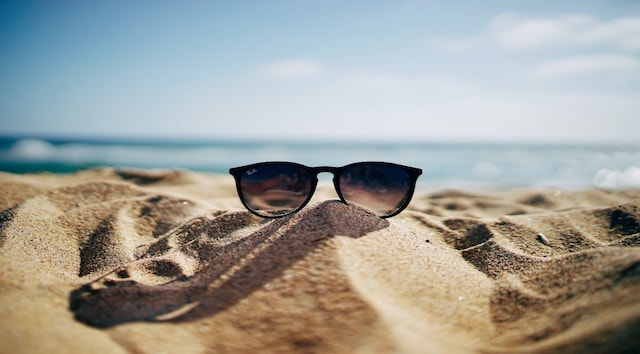
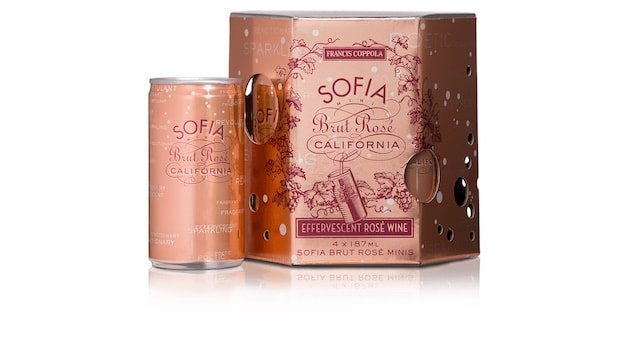
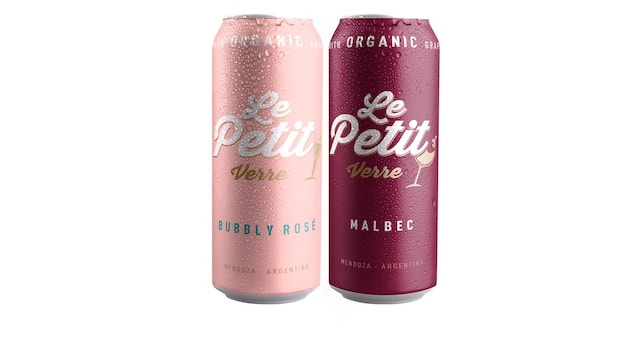
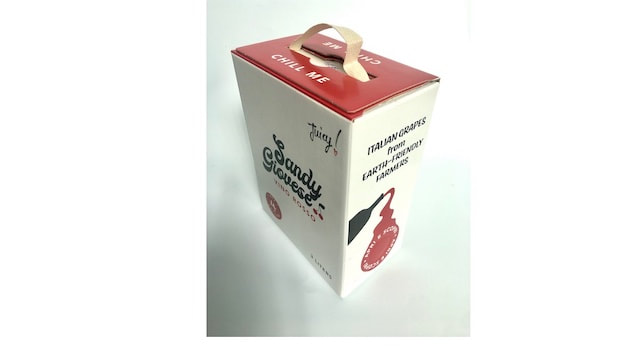
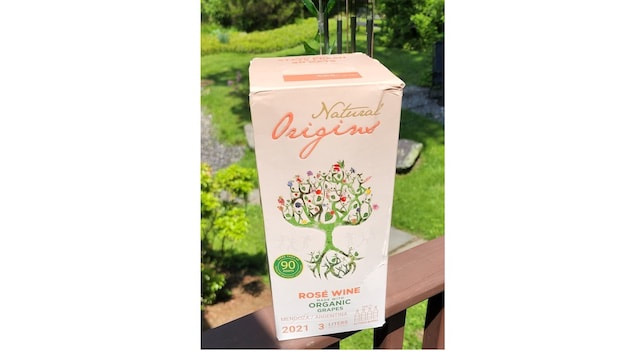
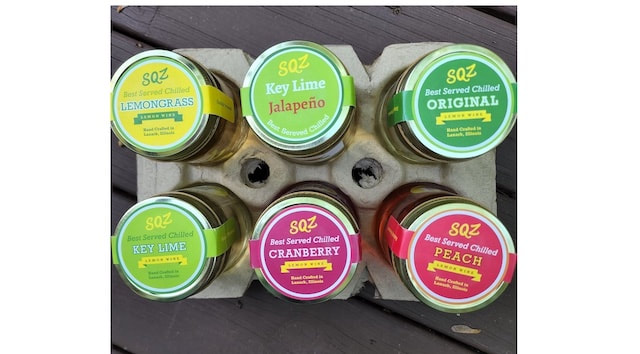
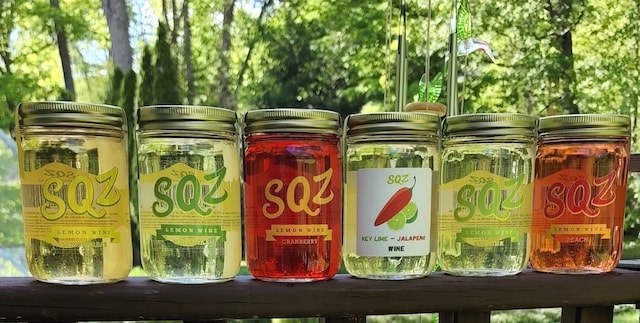
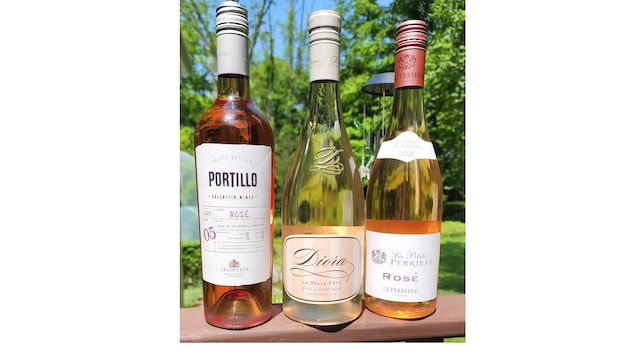
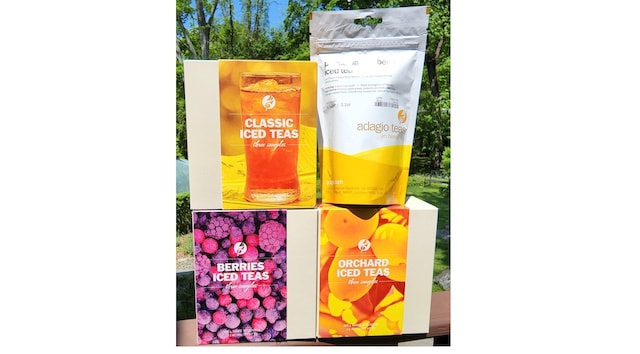
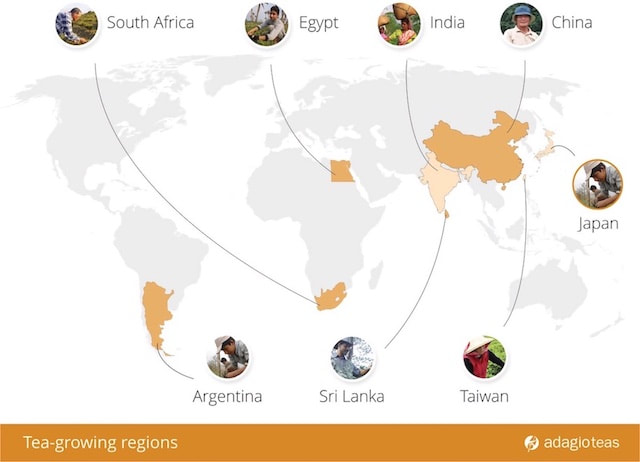
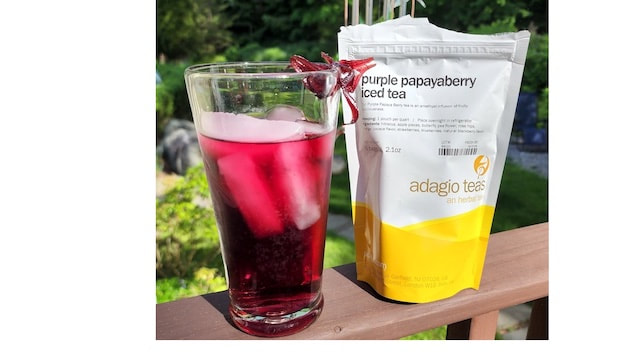
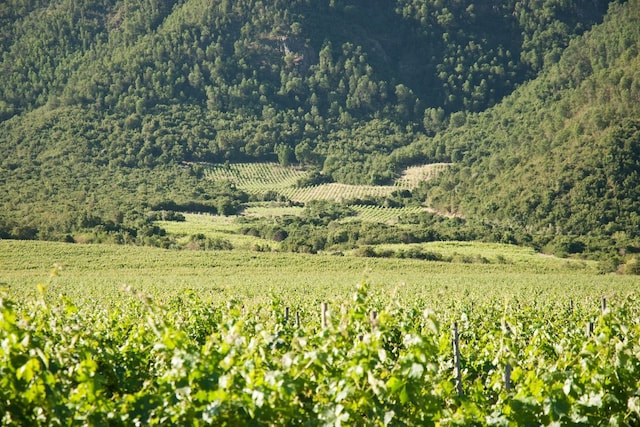
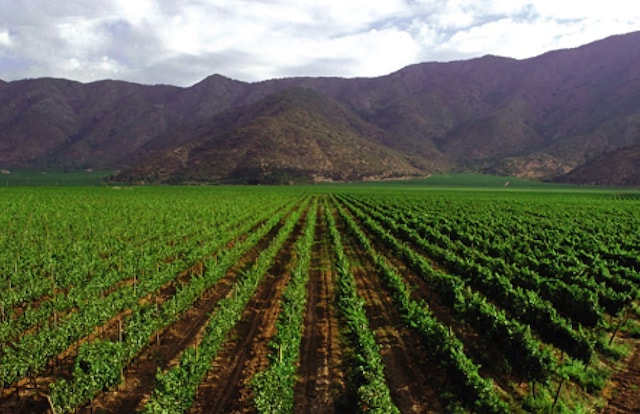
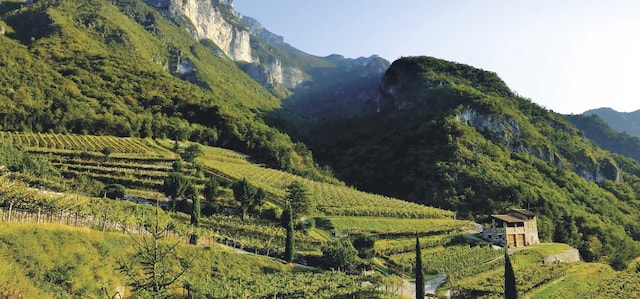

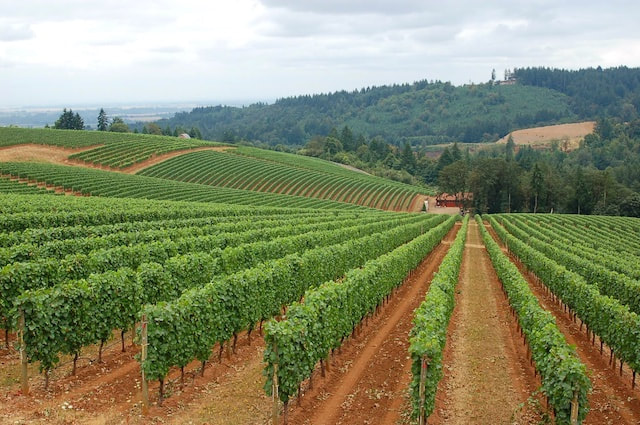
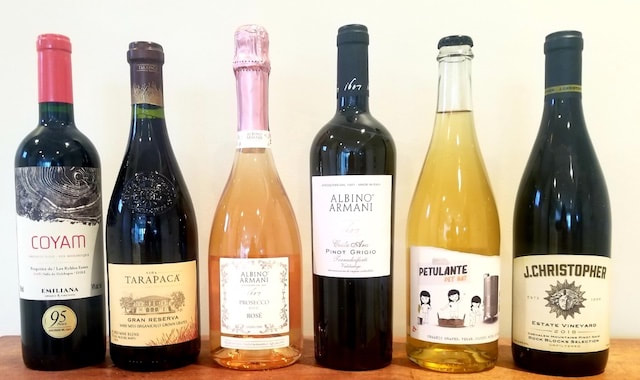
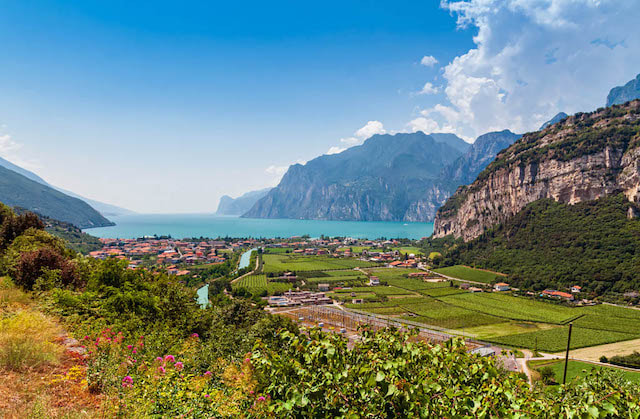
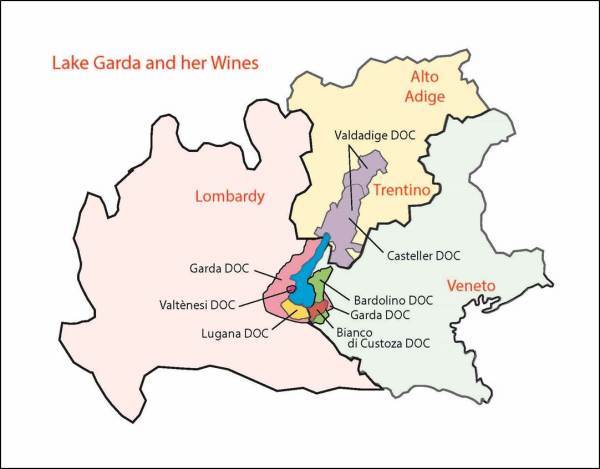
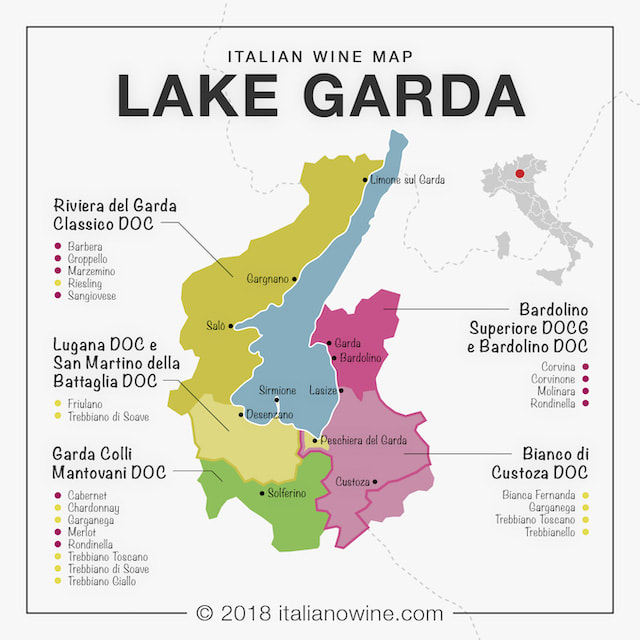
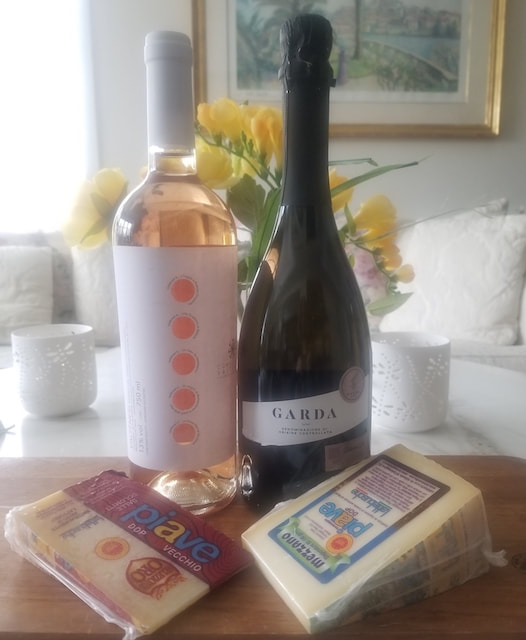
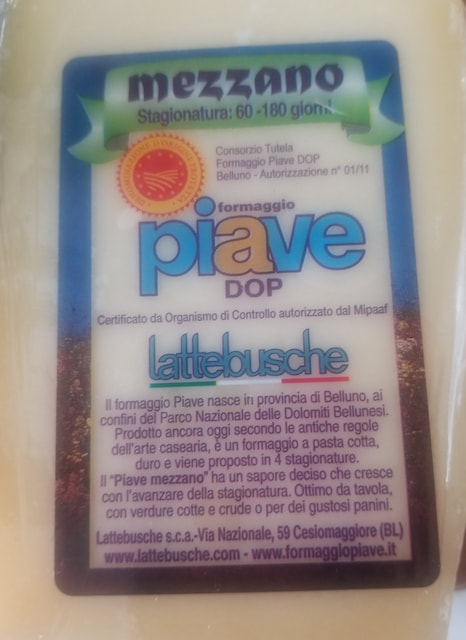
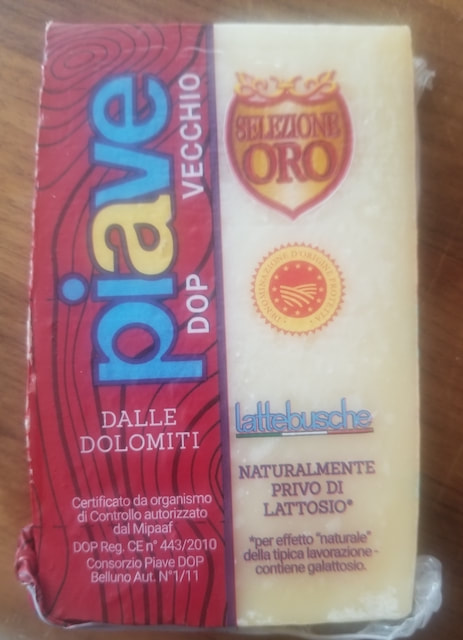
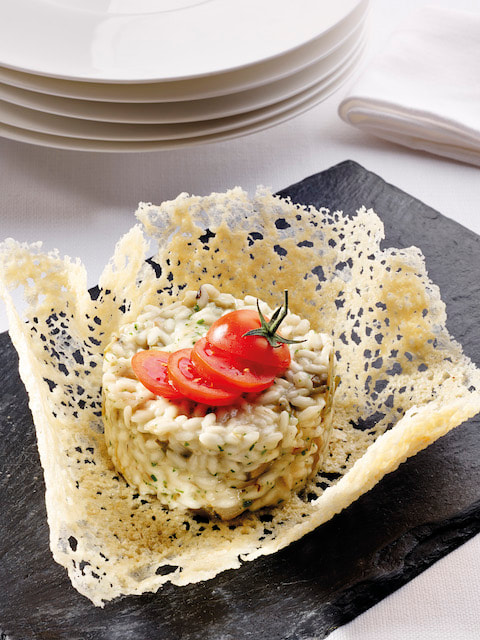
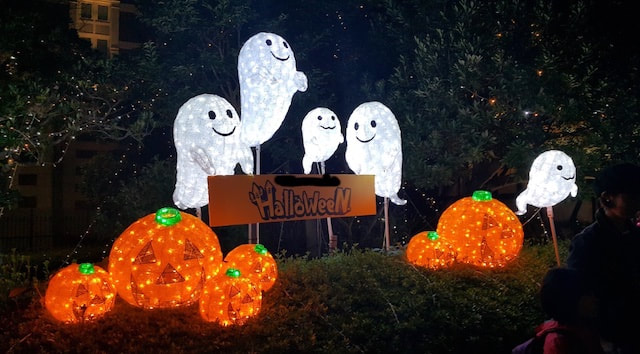
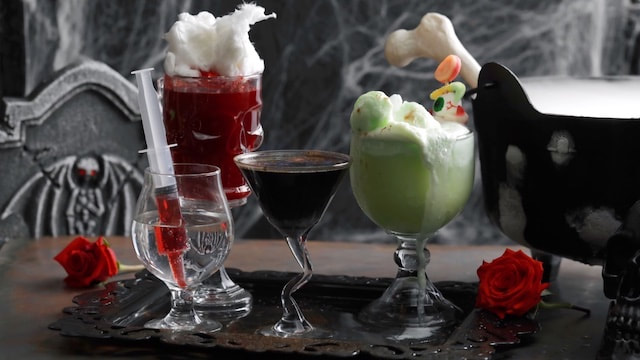
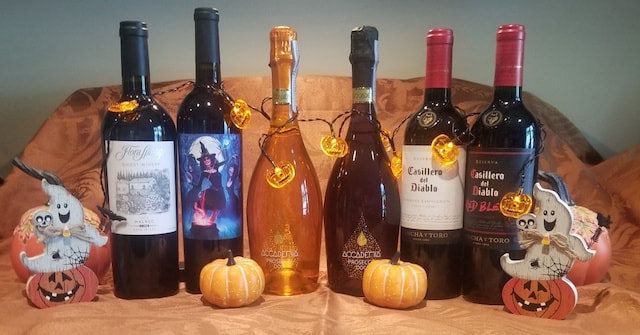
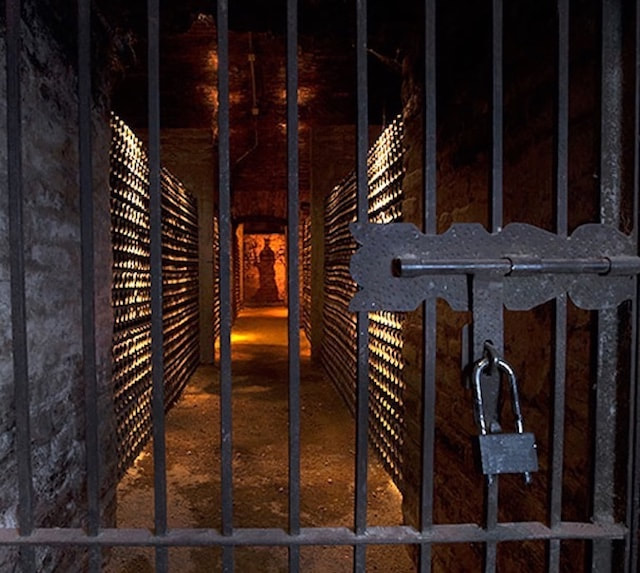
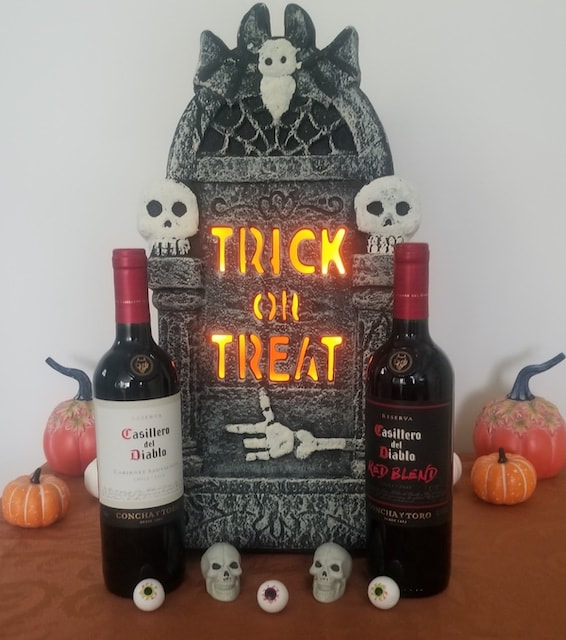
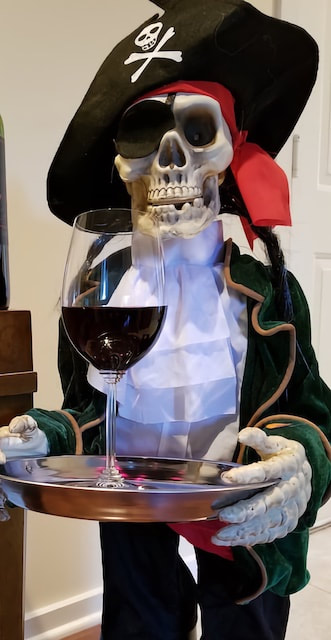
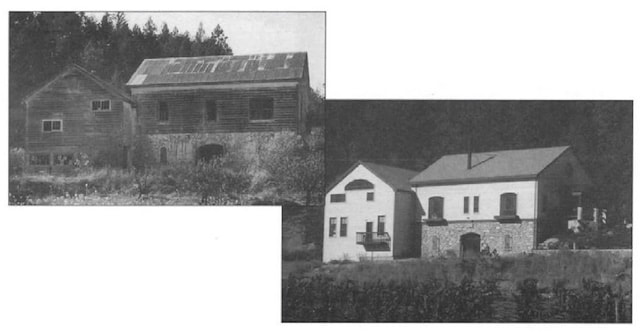
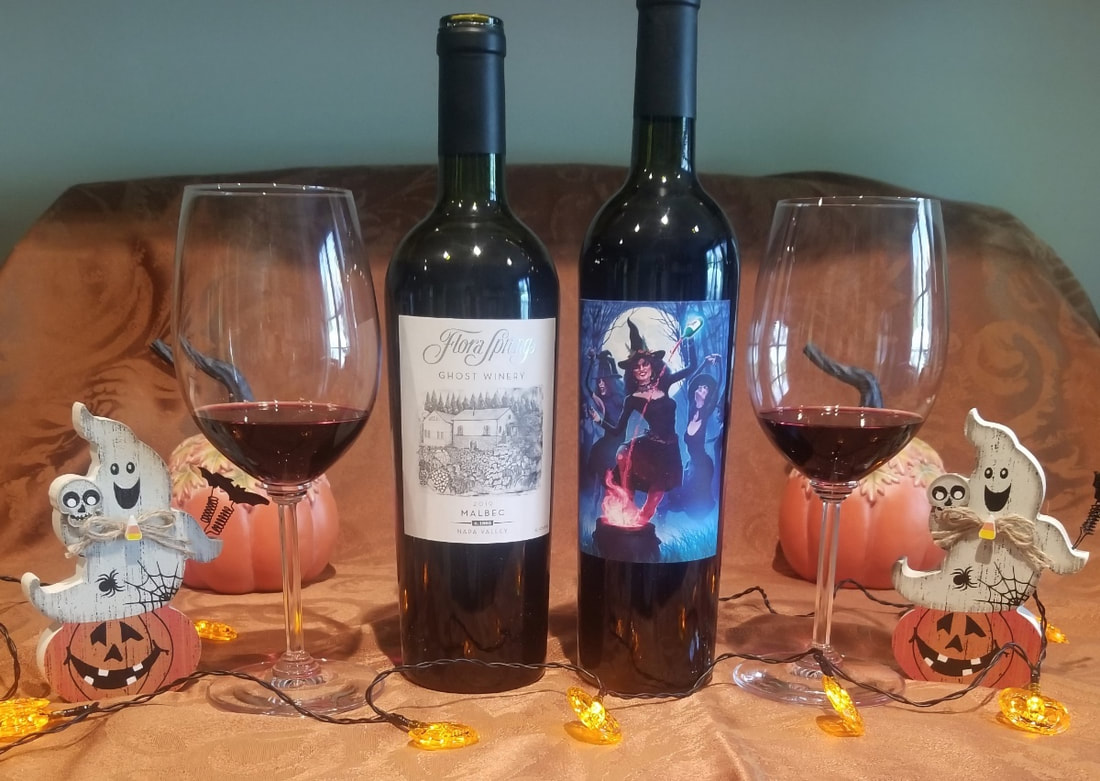
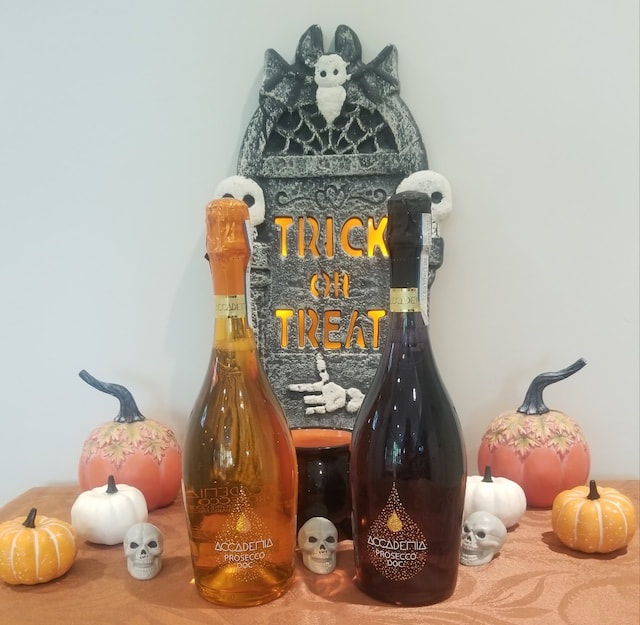

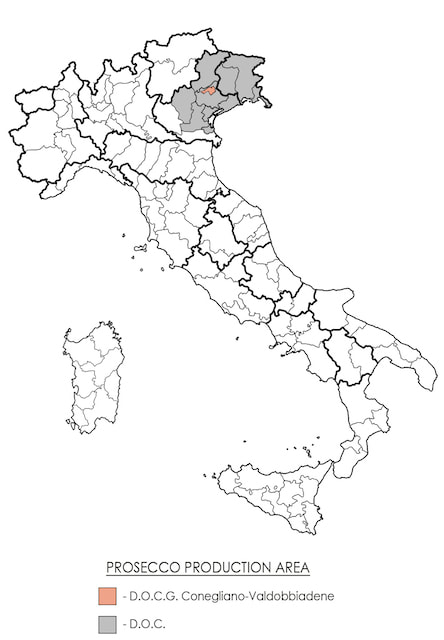
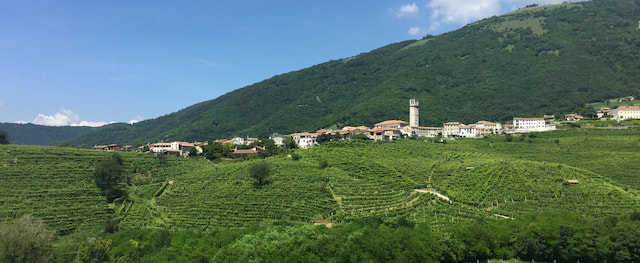
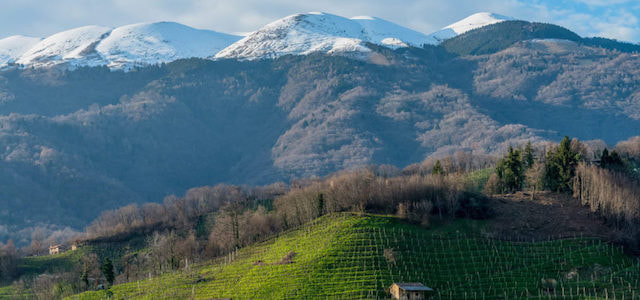
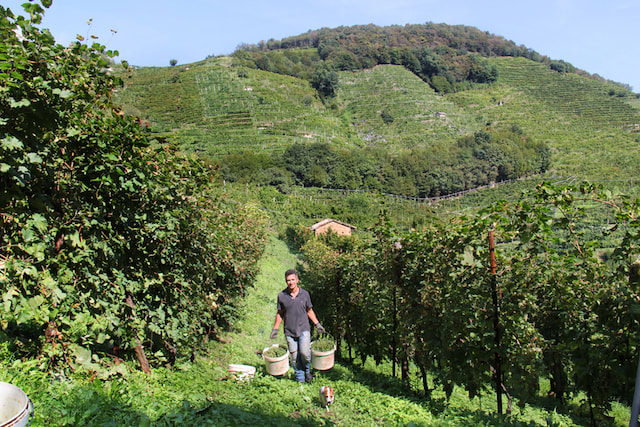
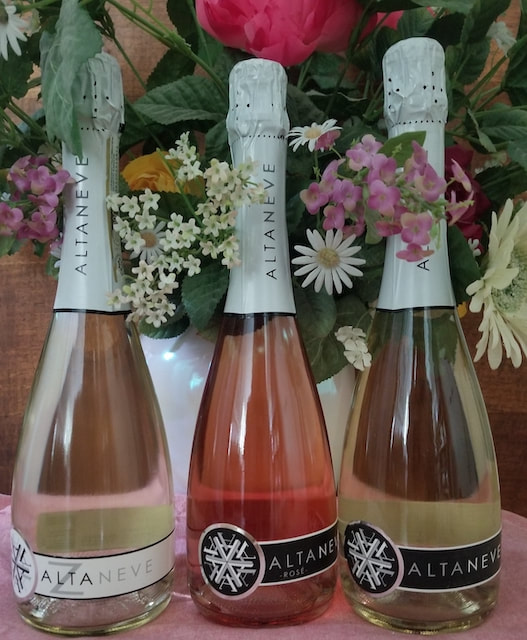
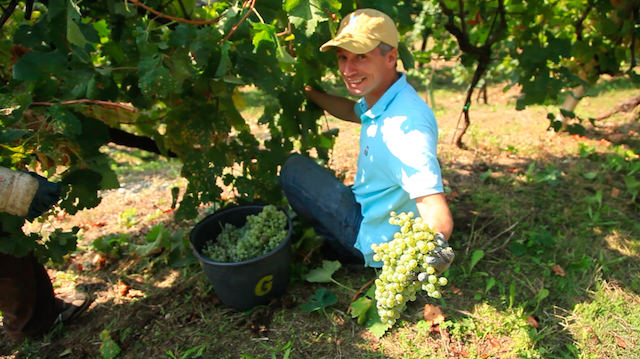
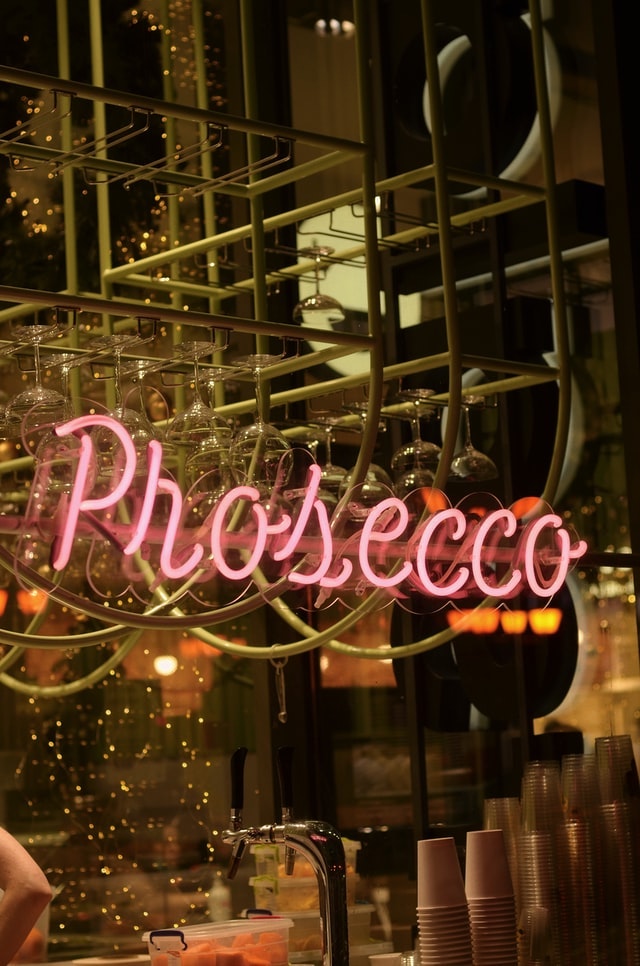
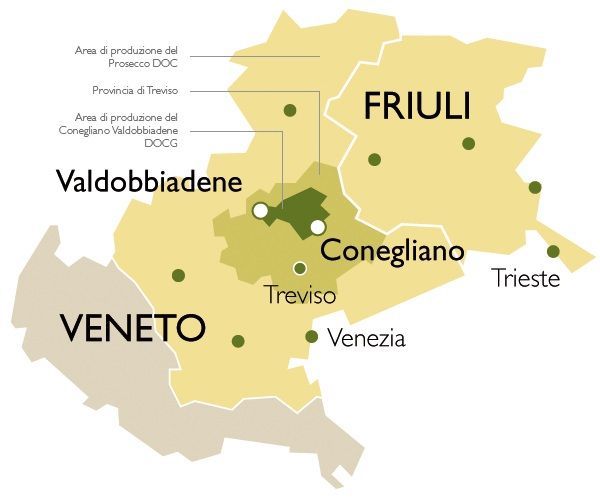
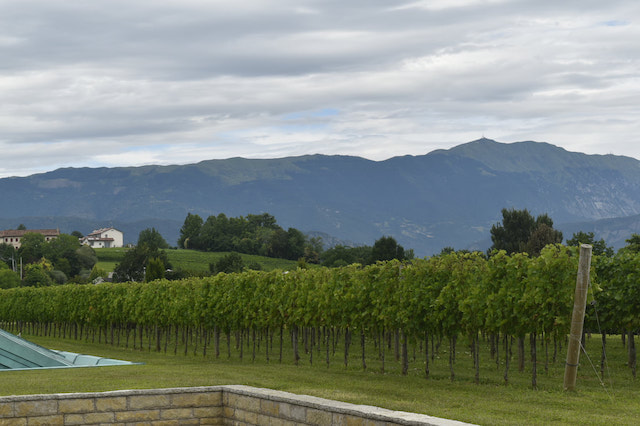
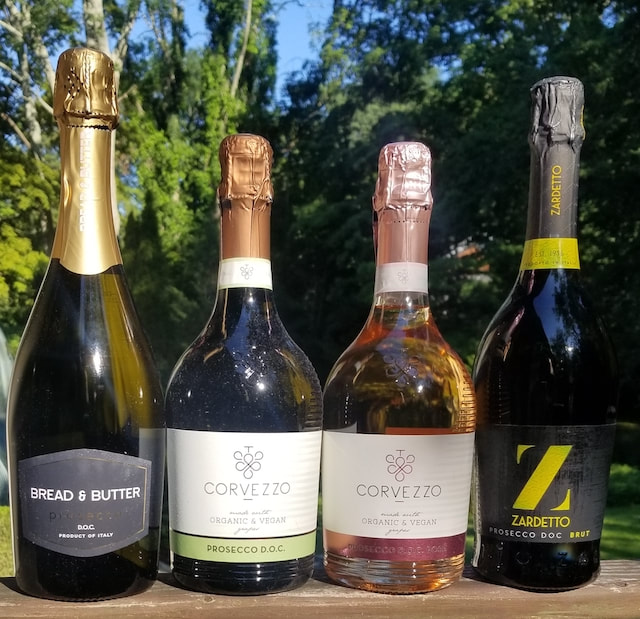
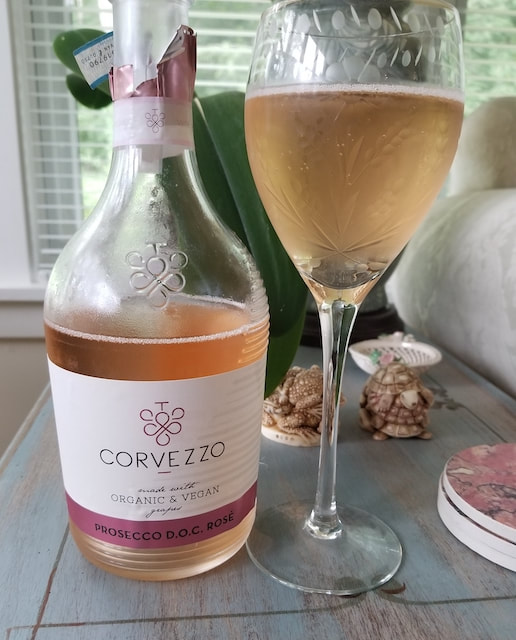
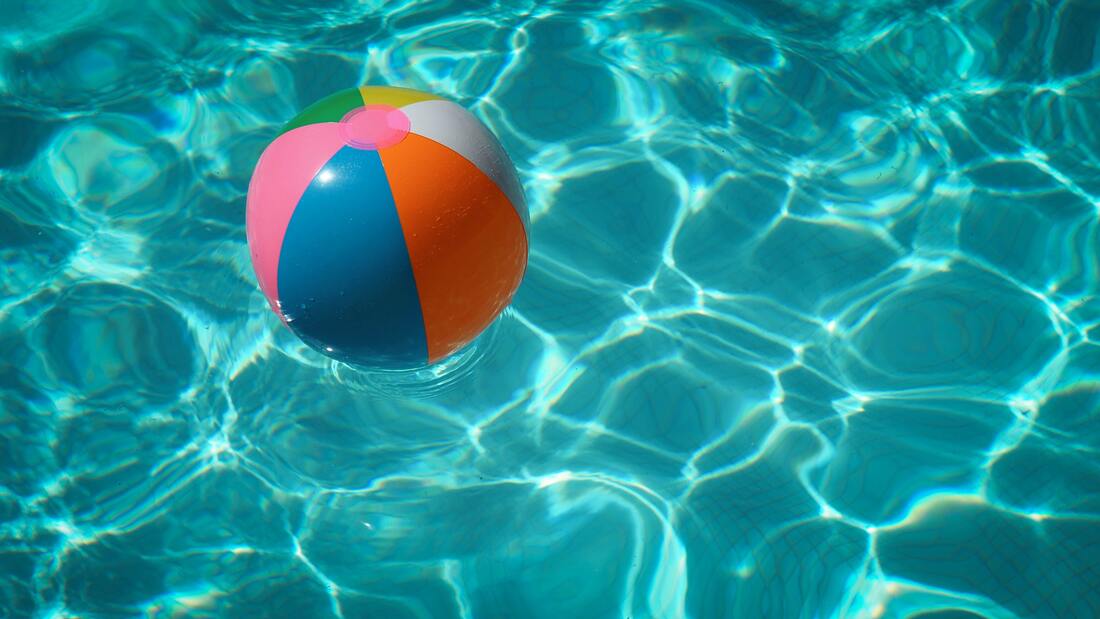
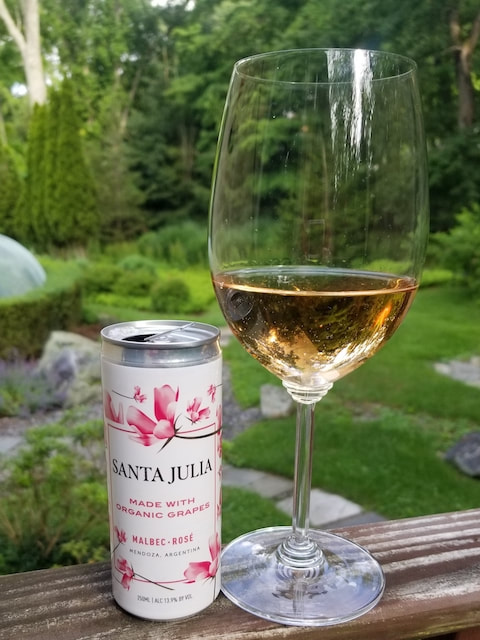
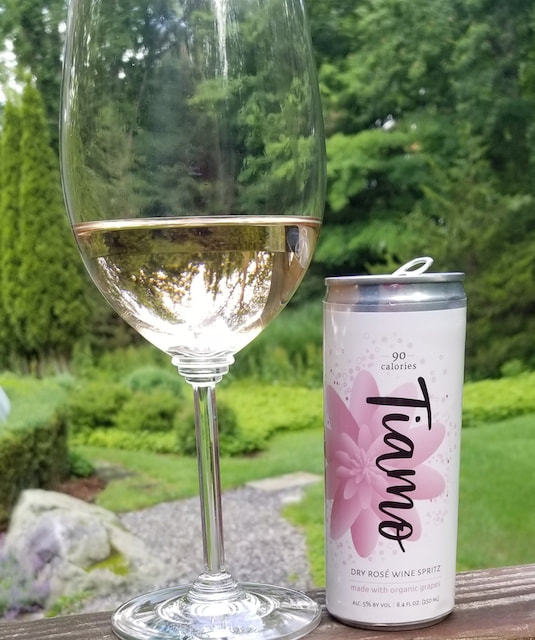
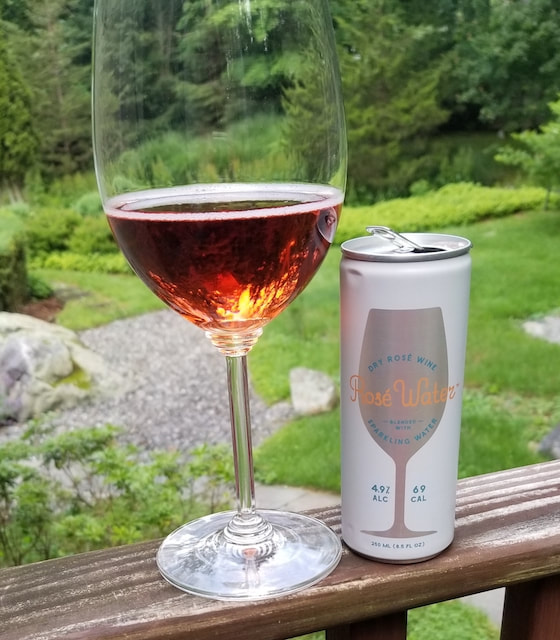
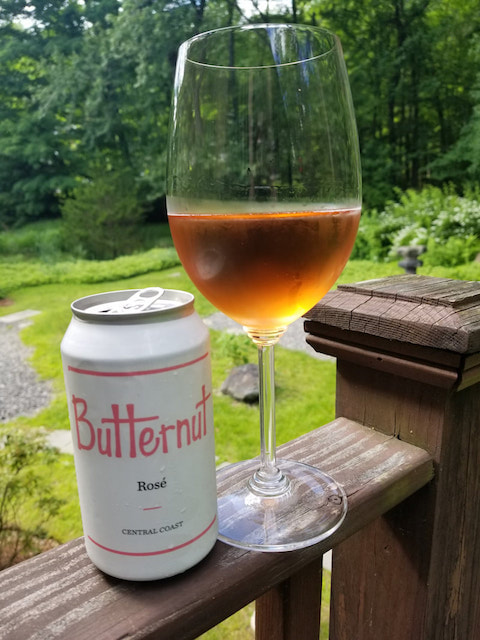
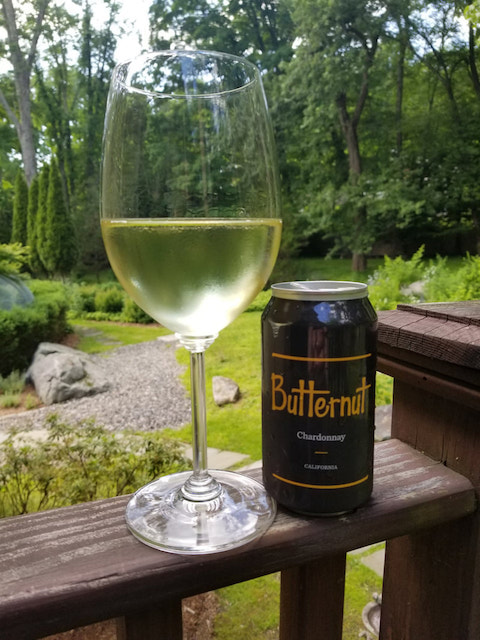
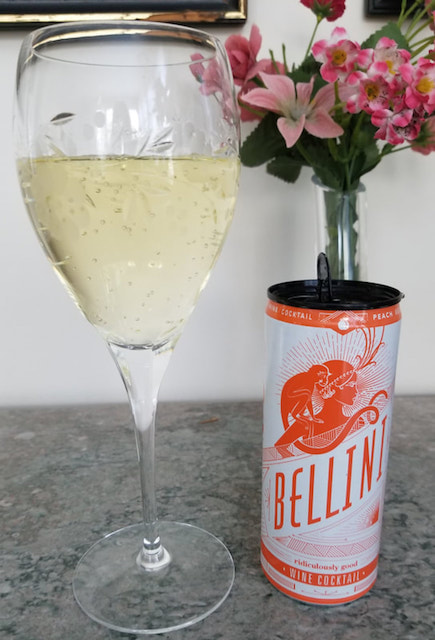
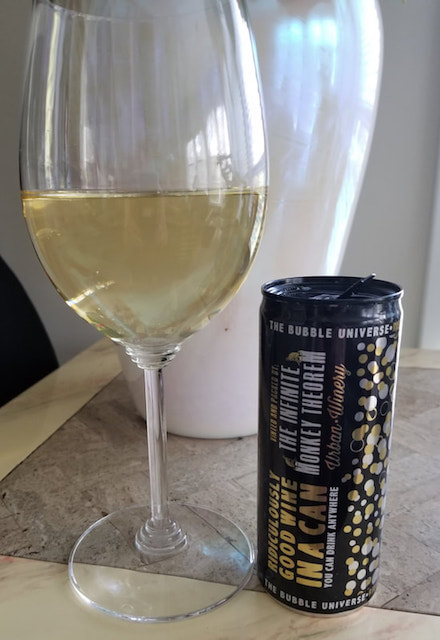
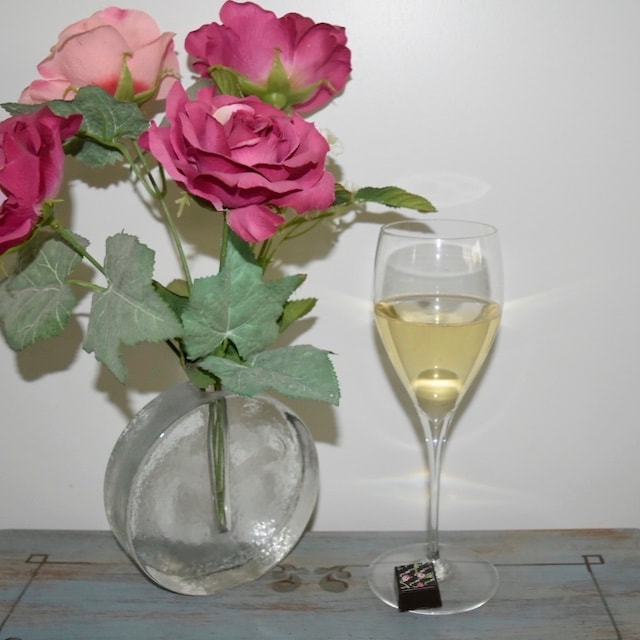
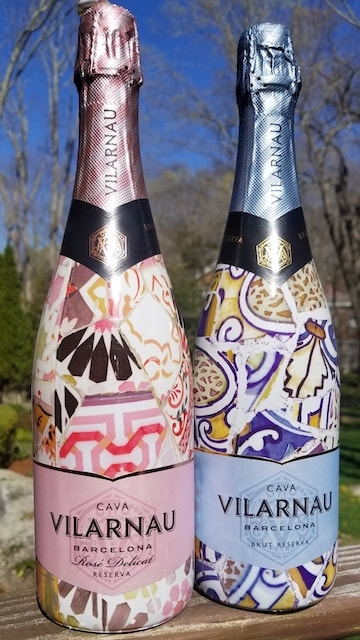
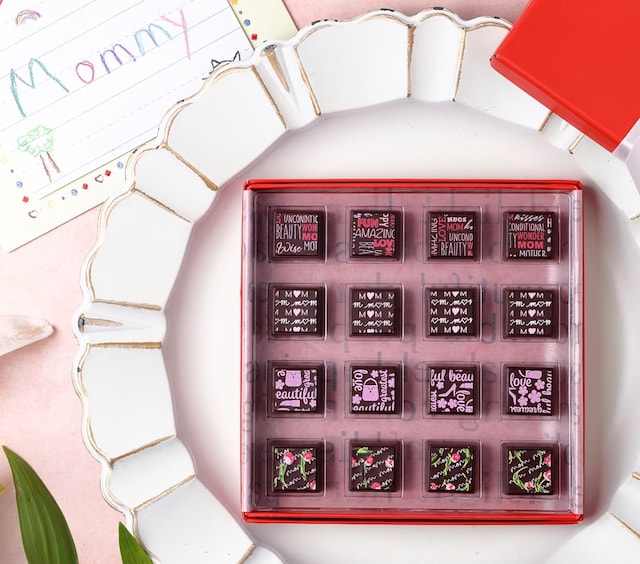
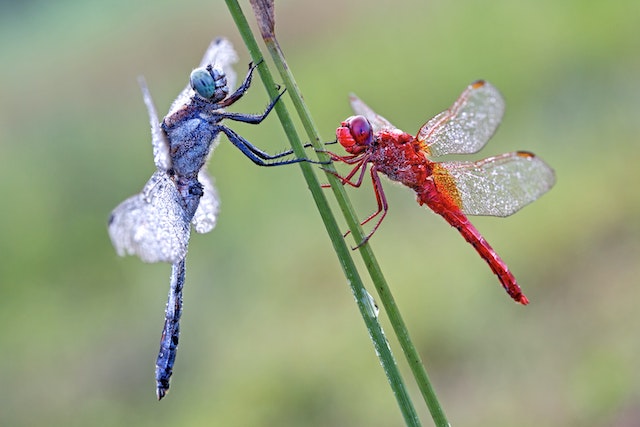
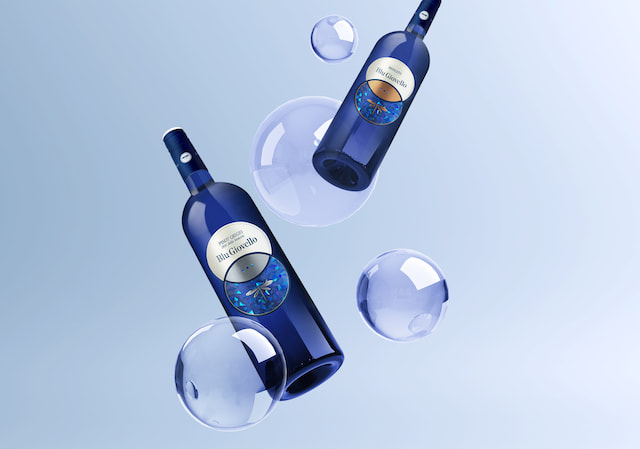
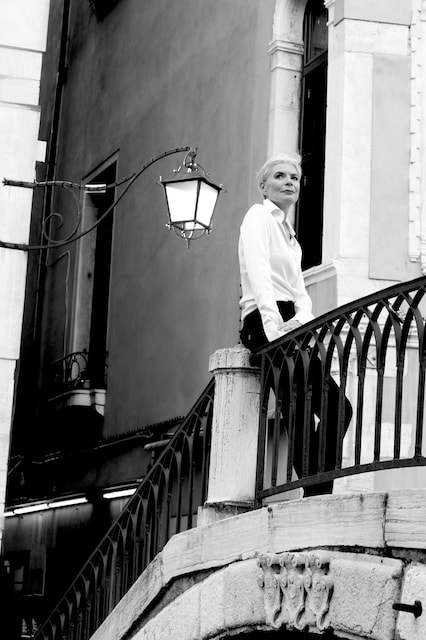
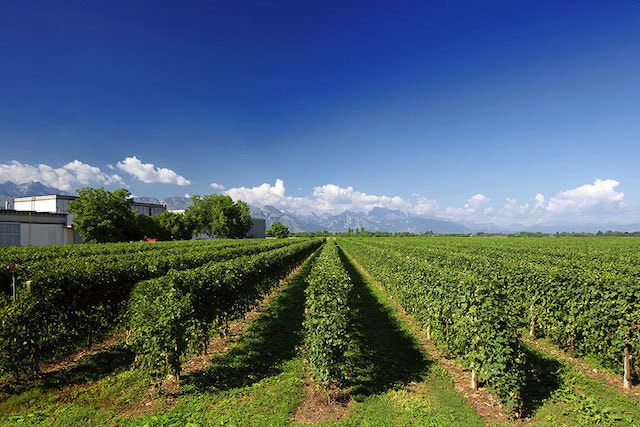
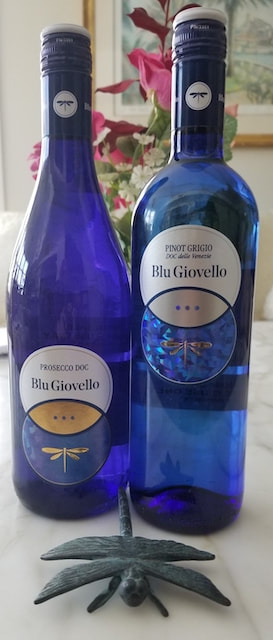
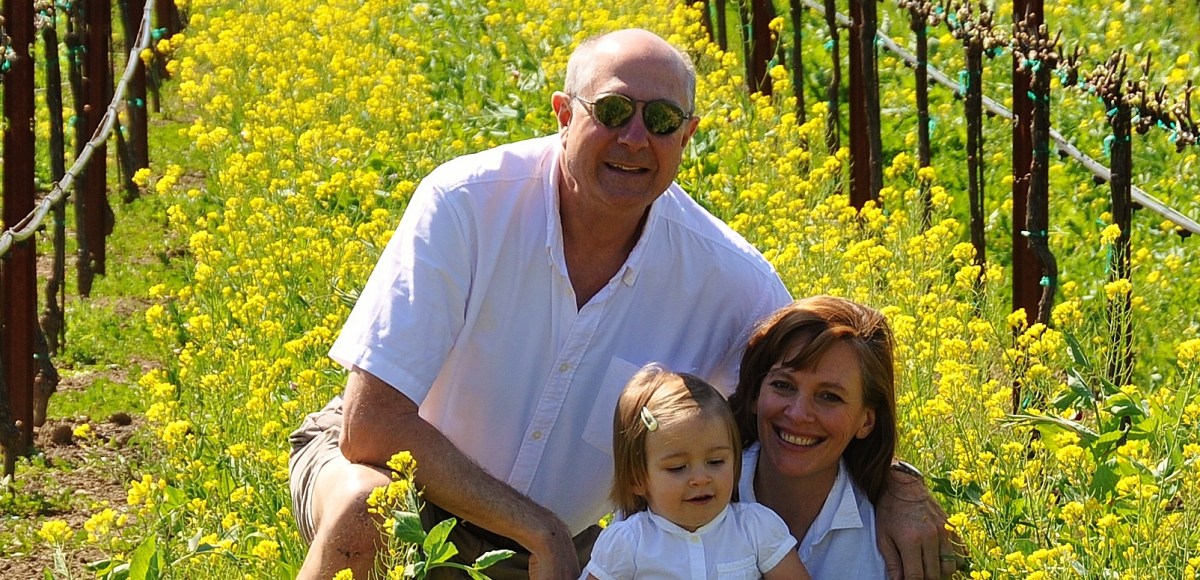
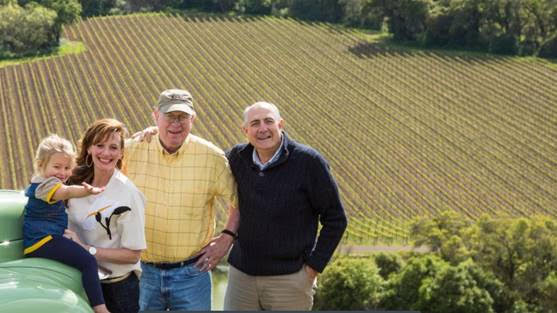
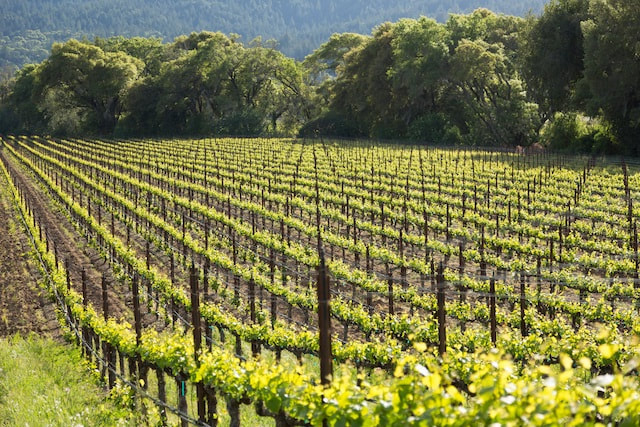
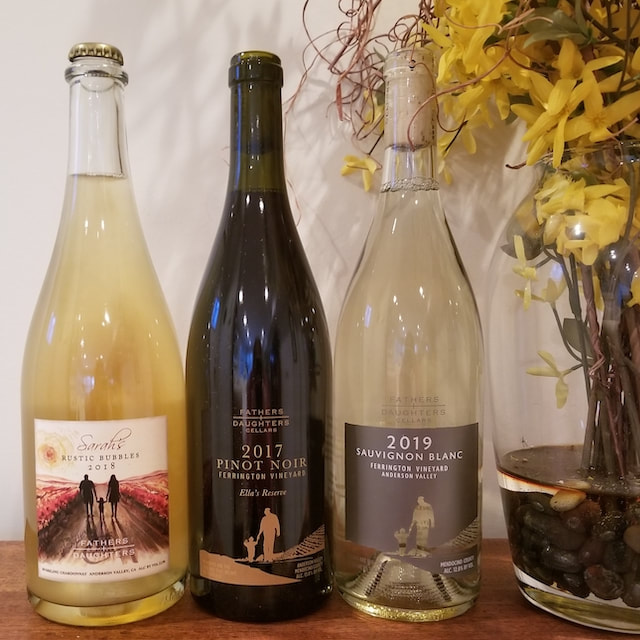
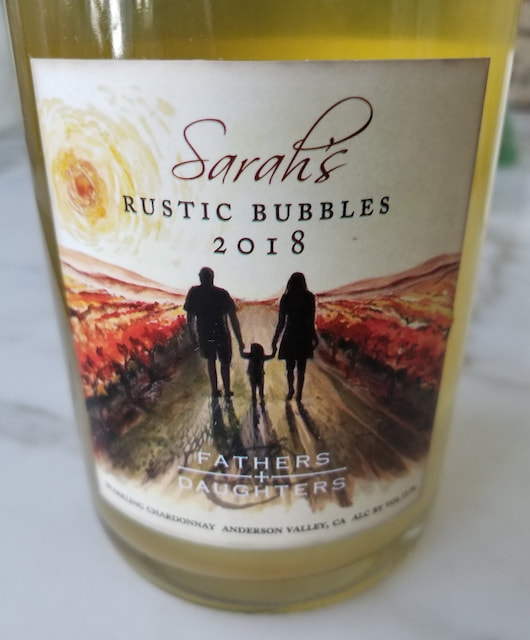
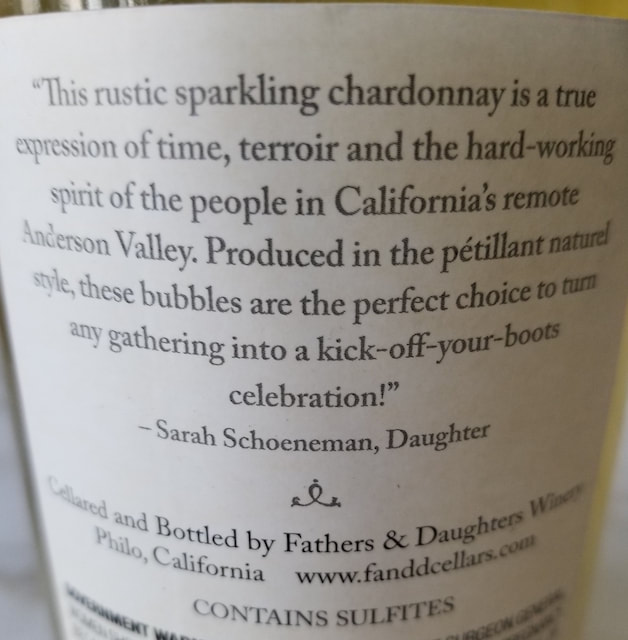
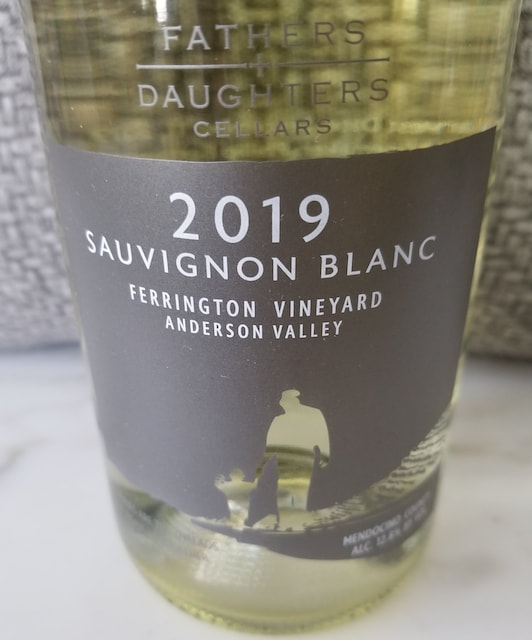
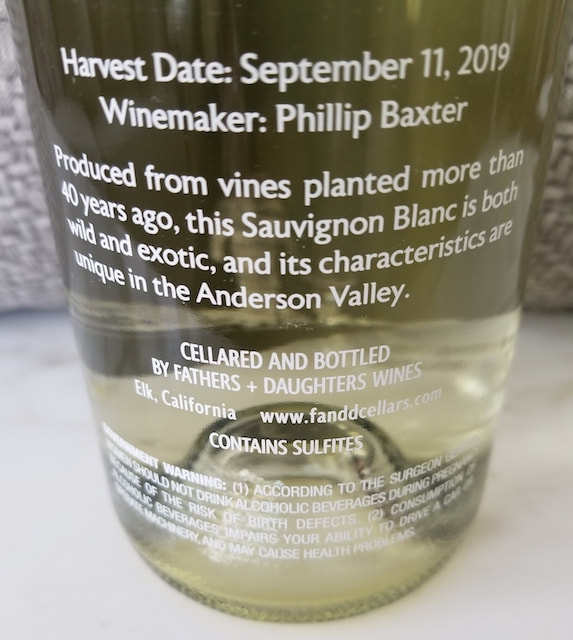
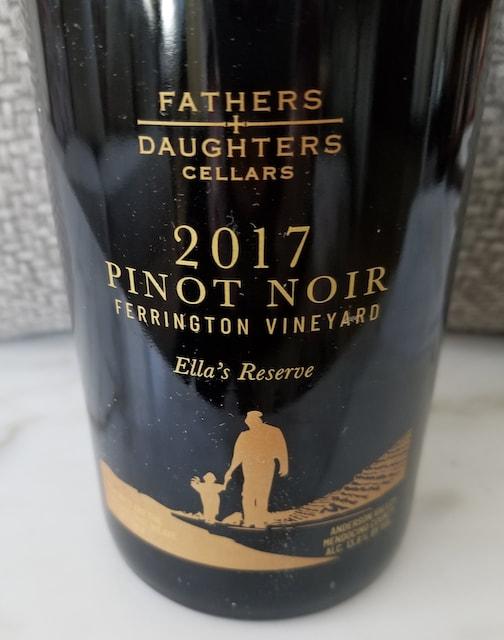
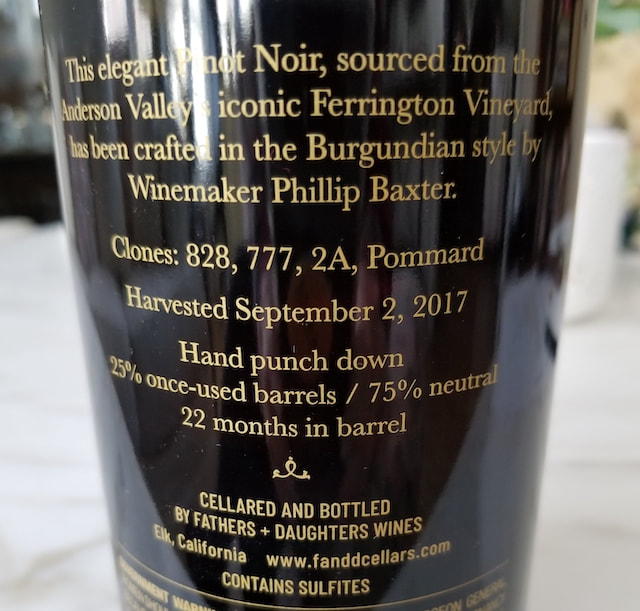
 RSS Feed
RSS Feed